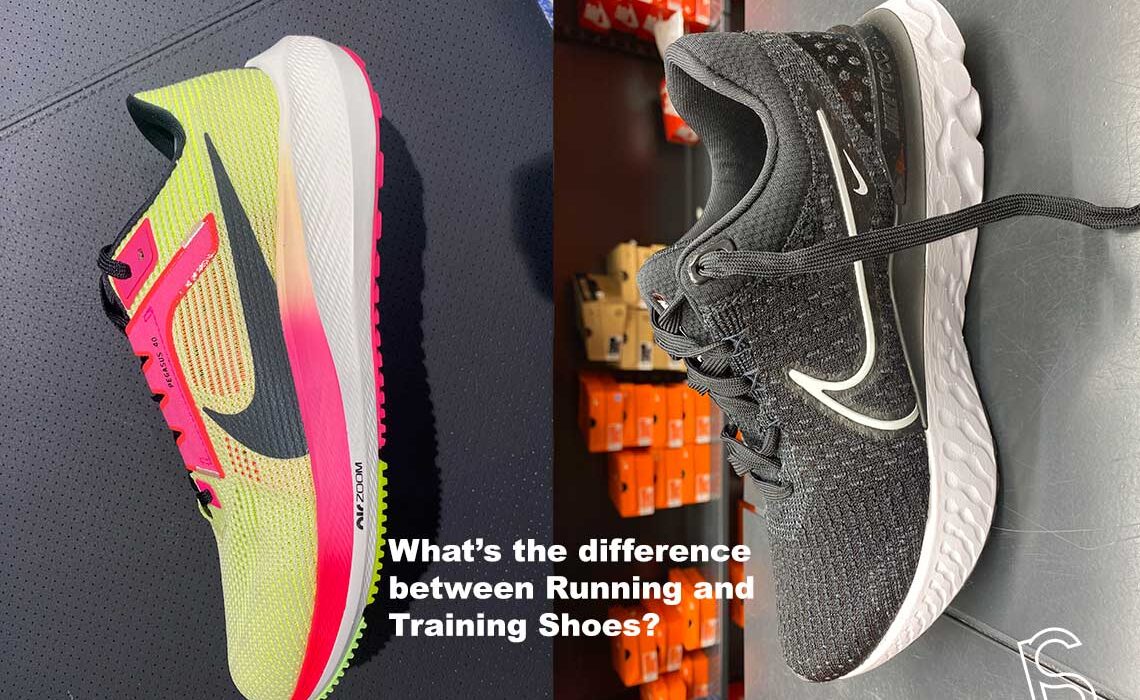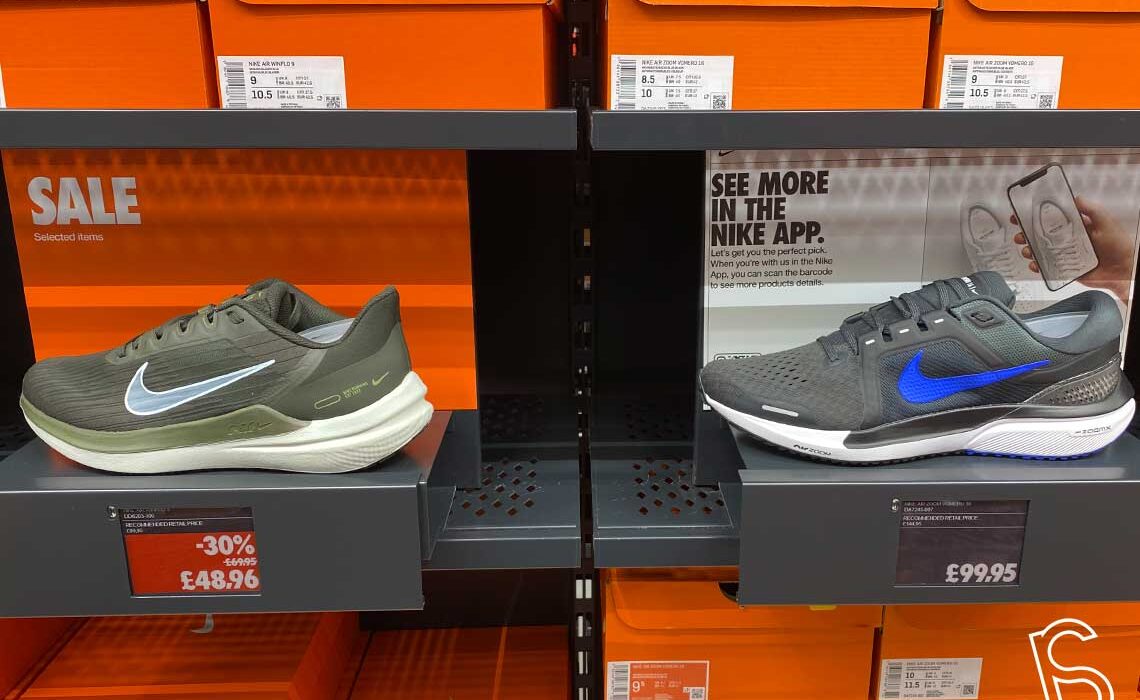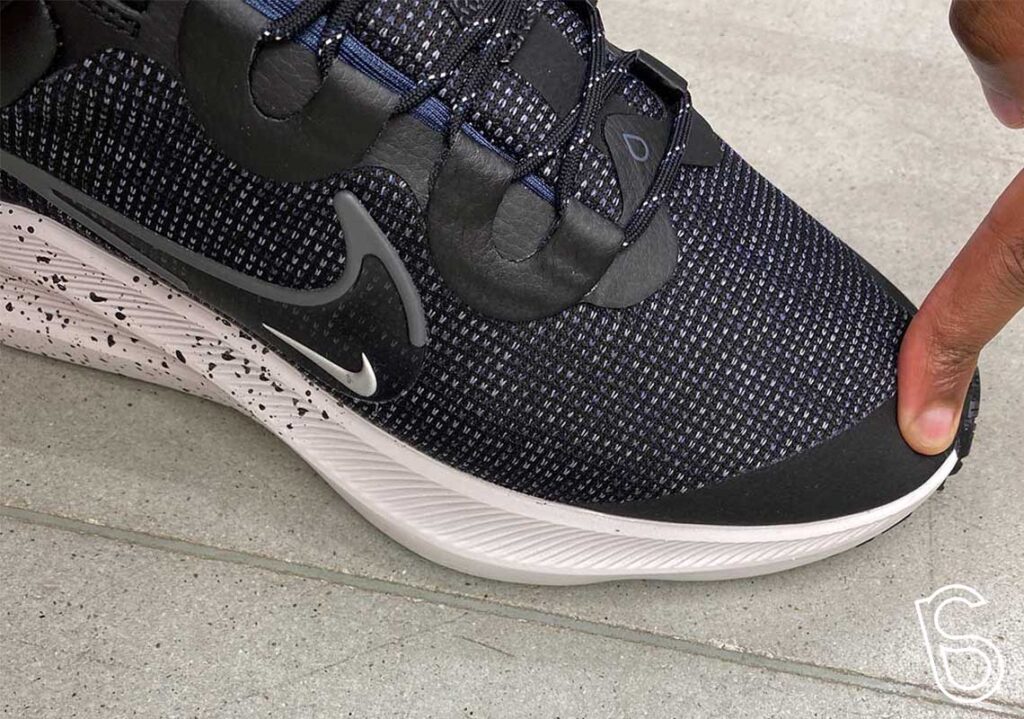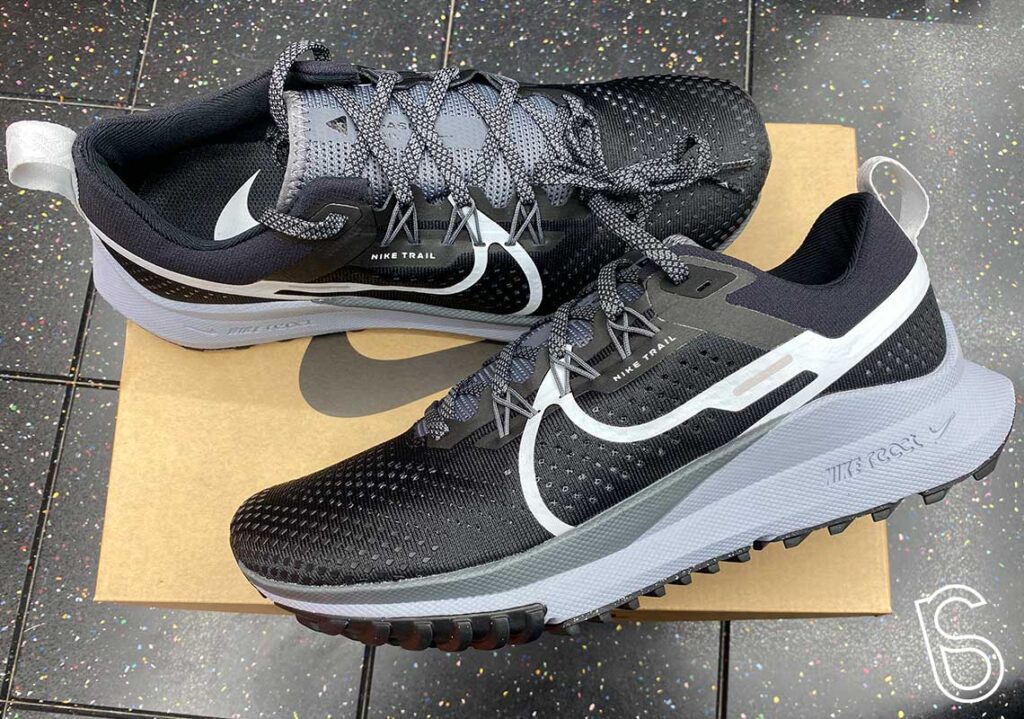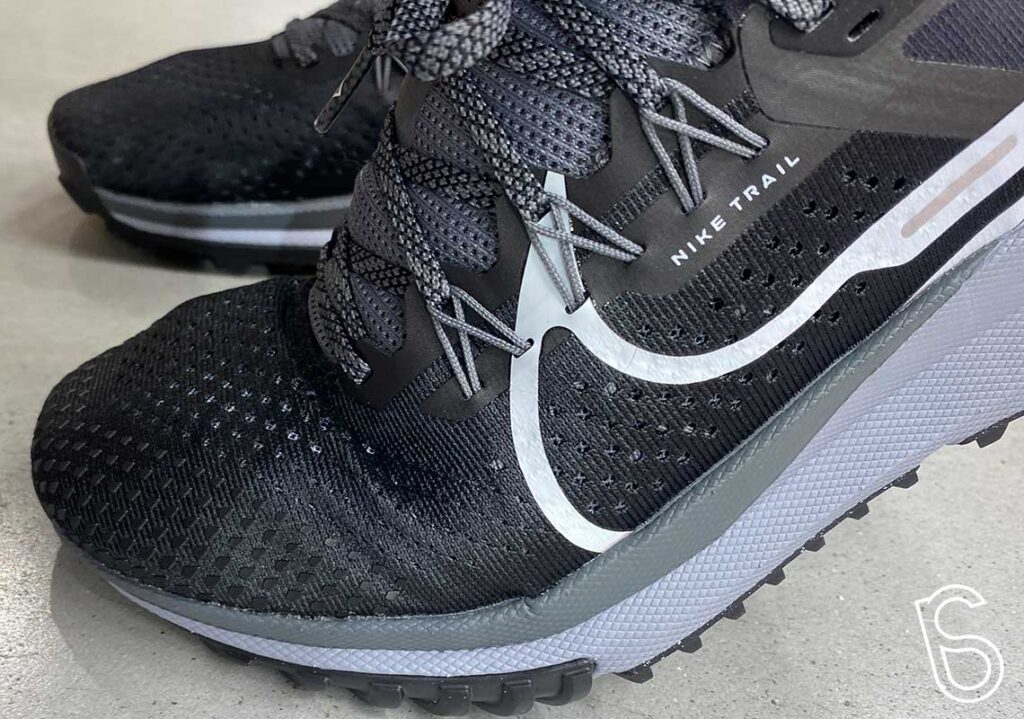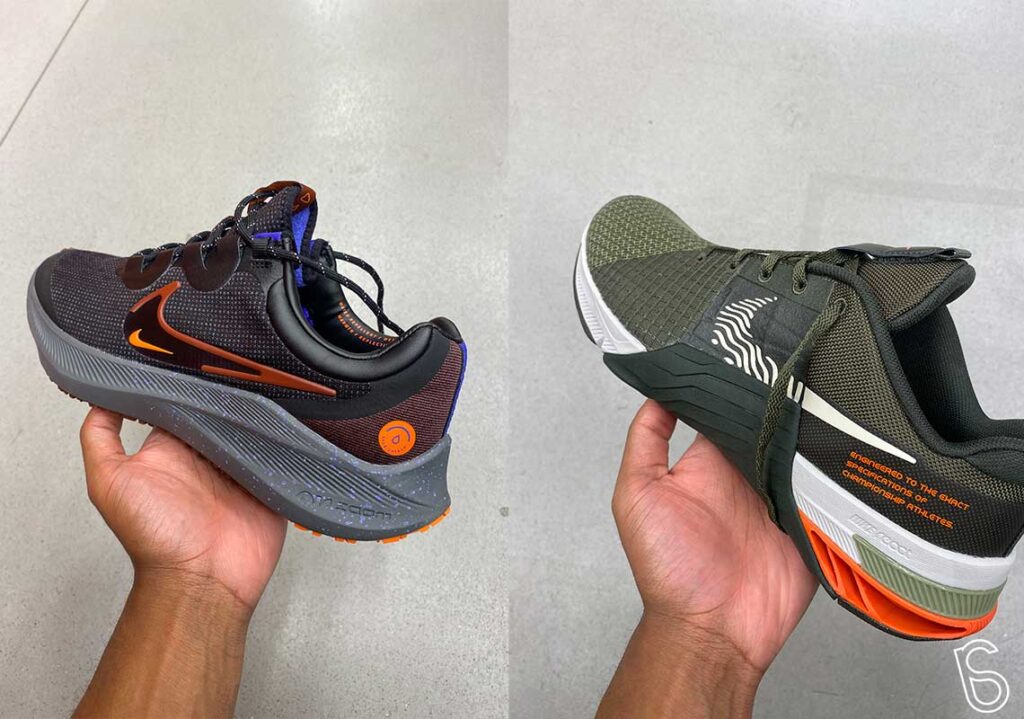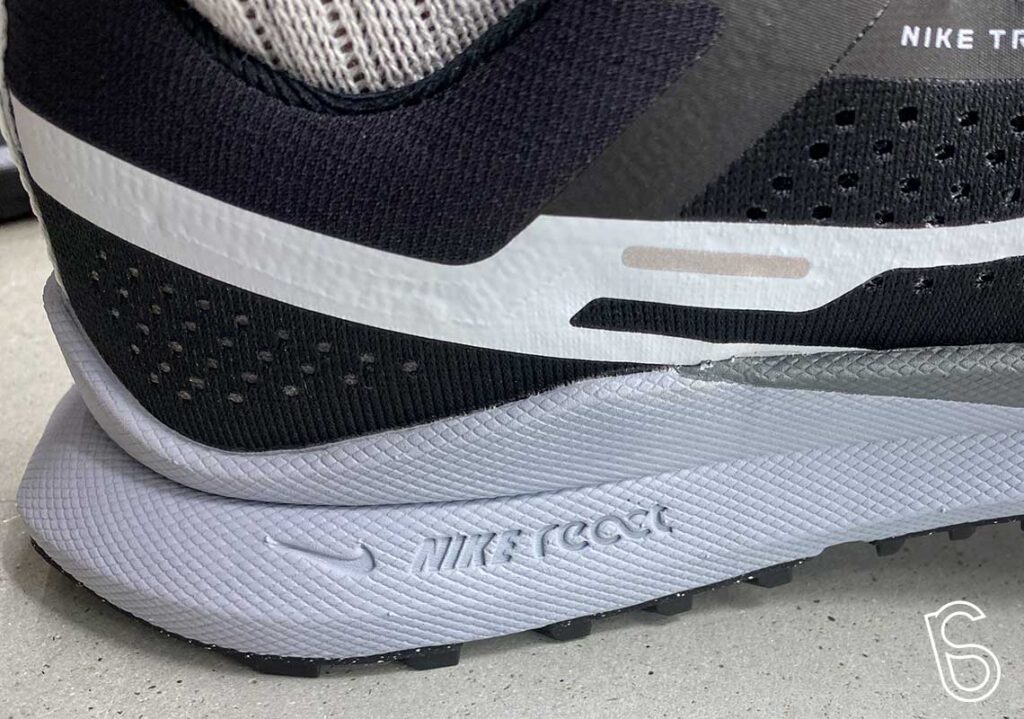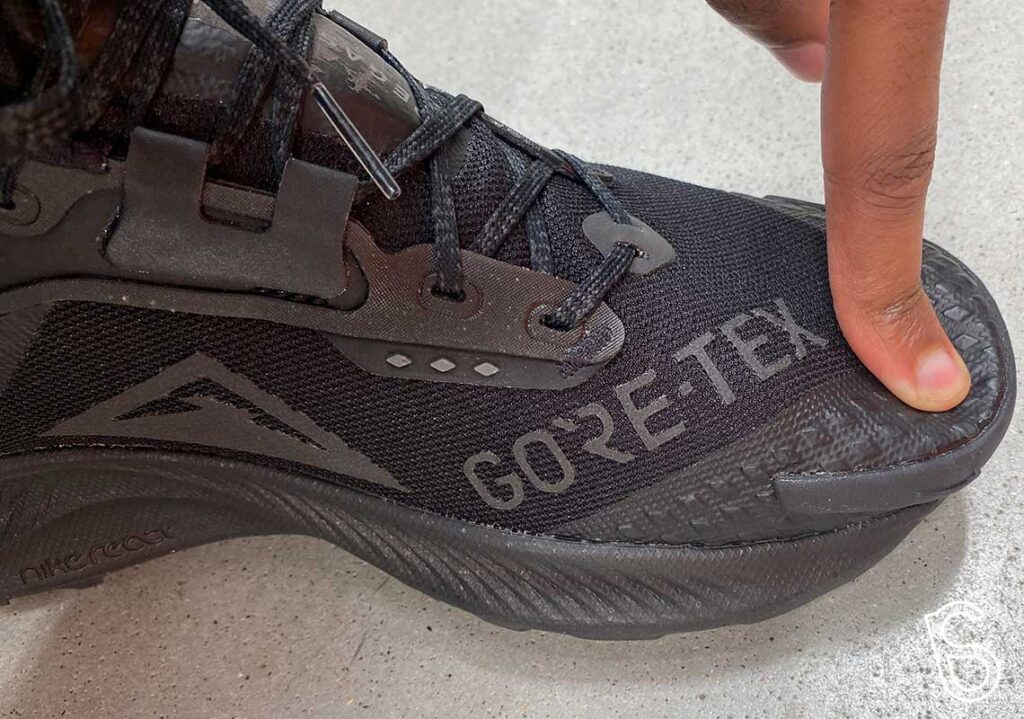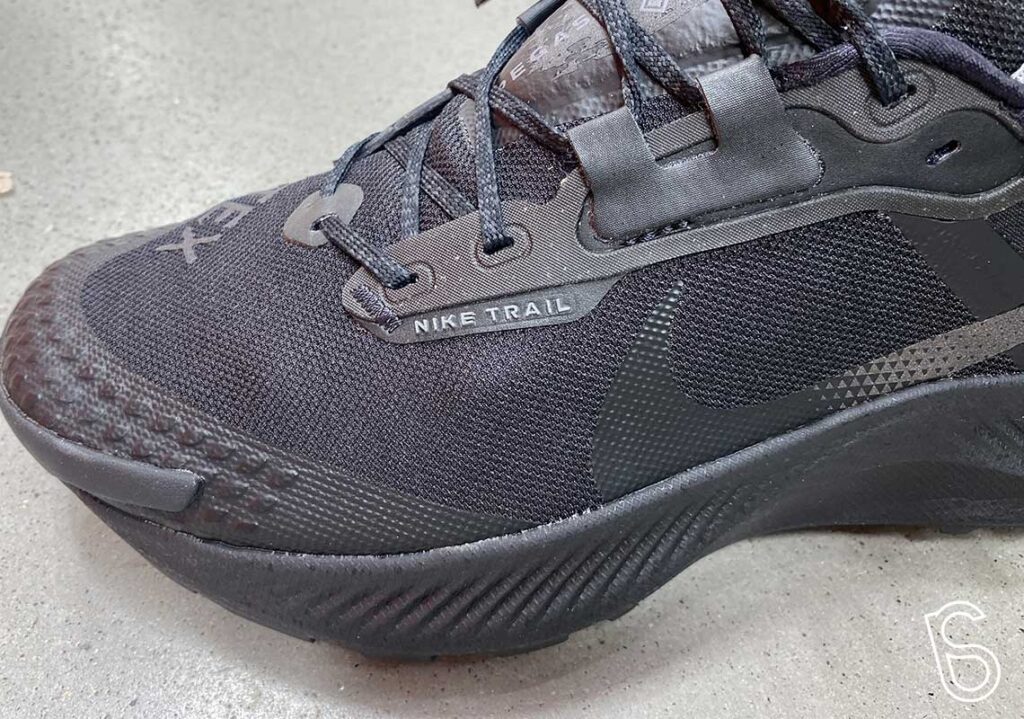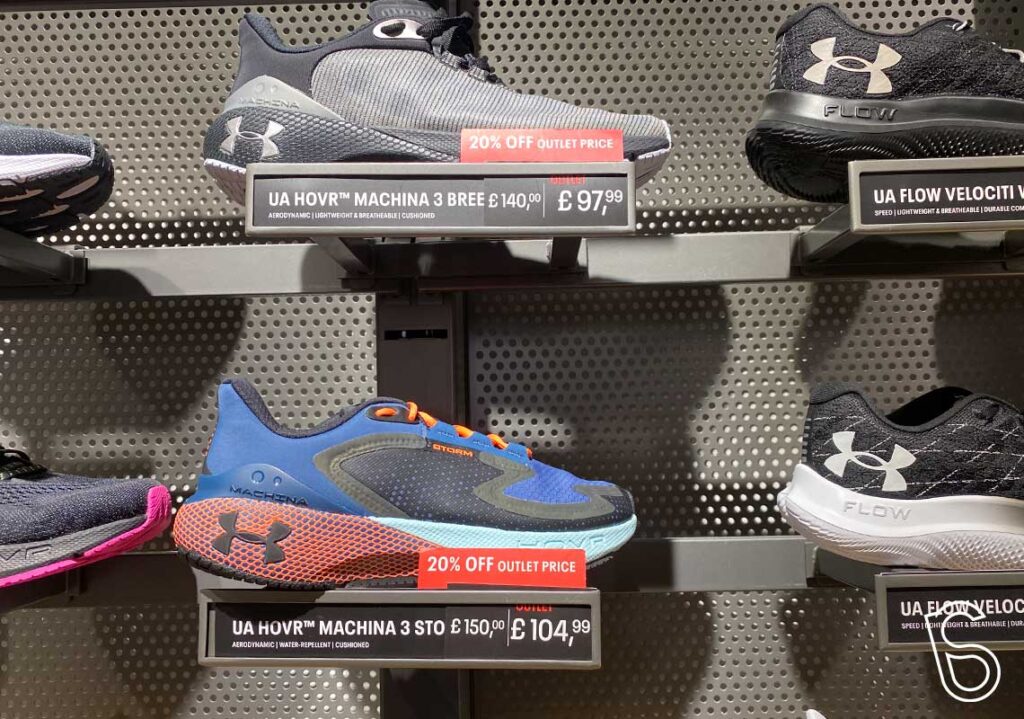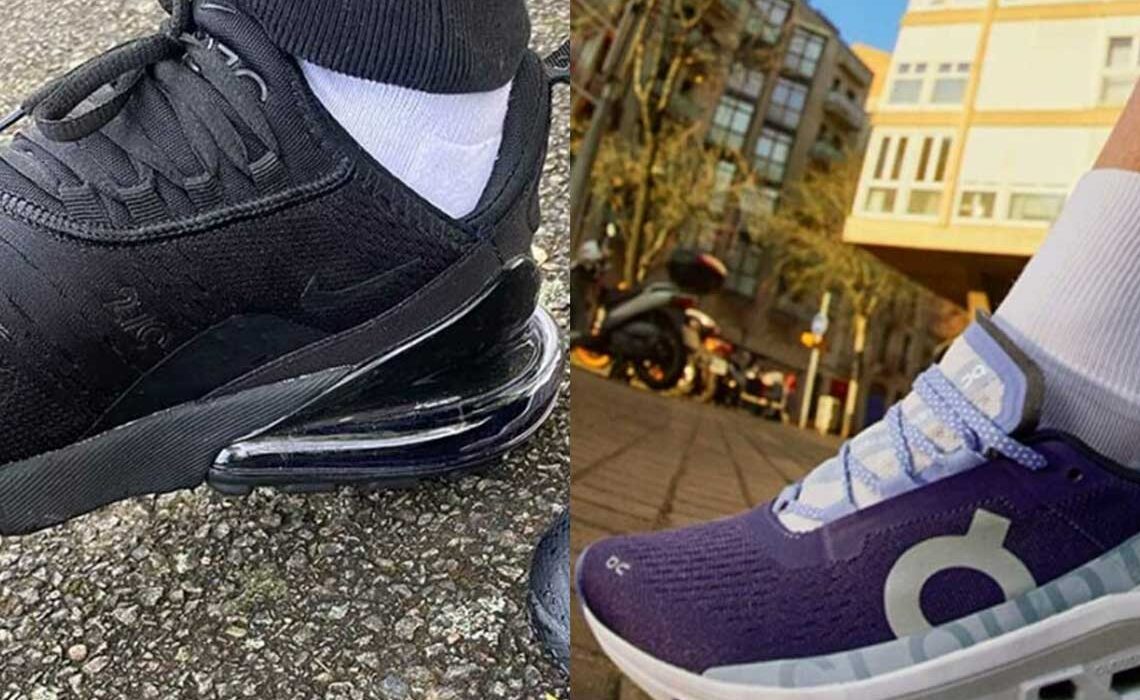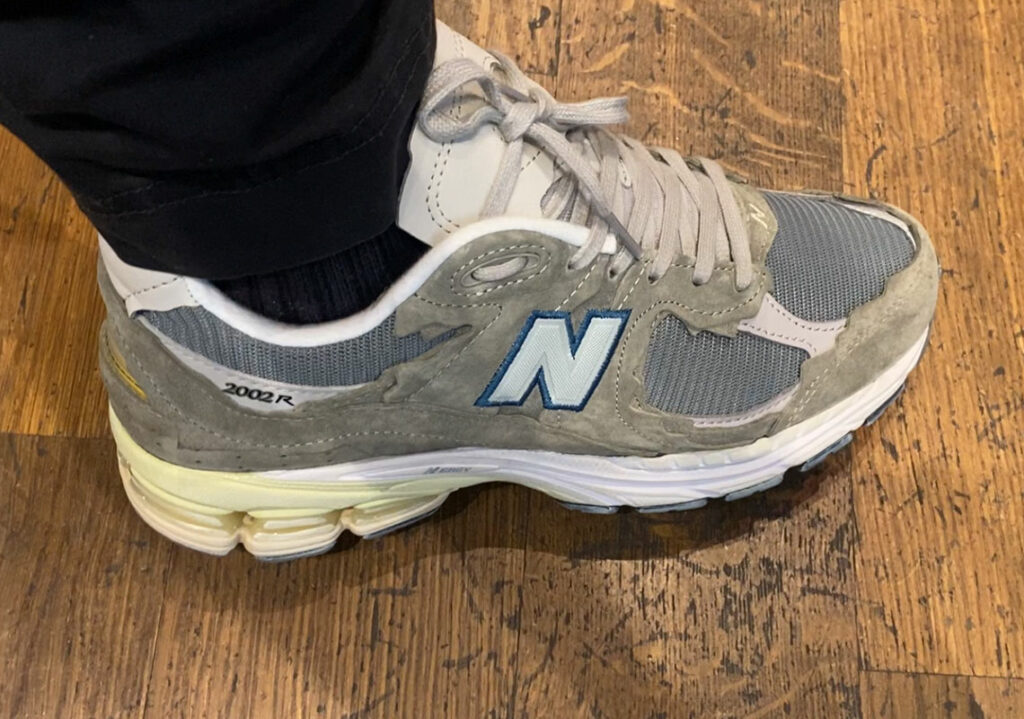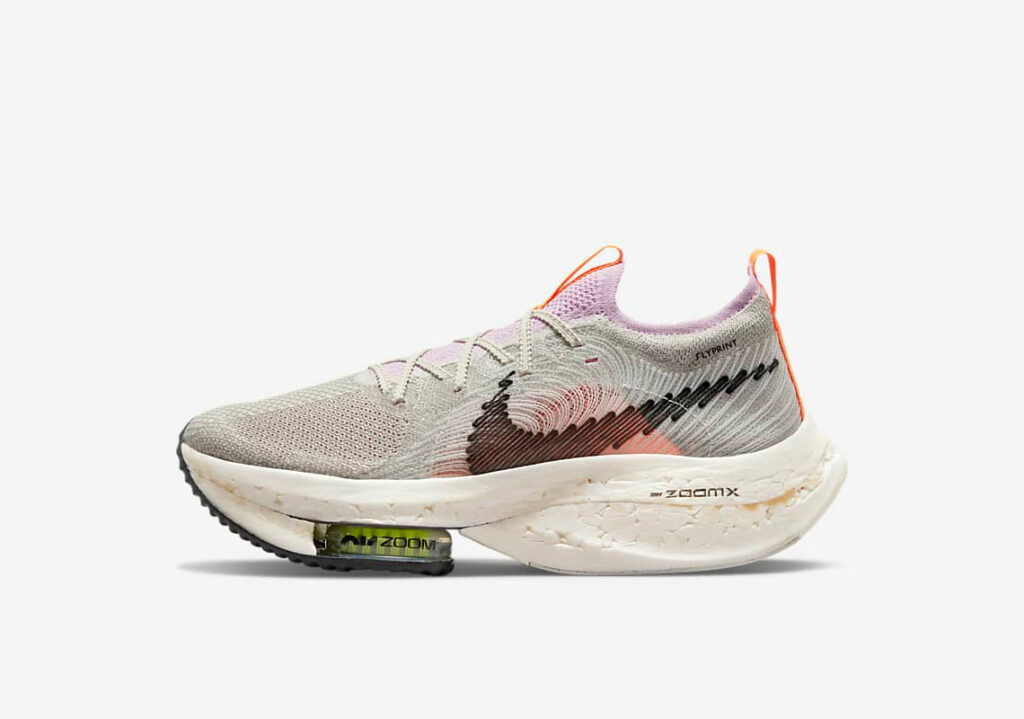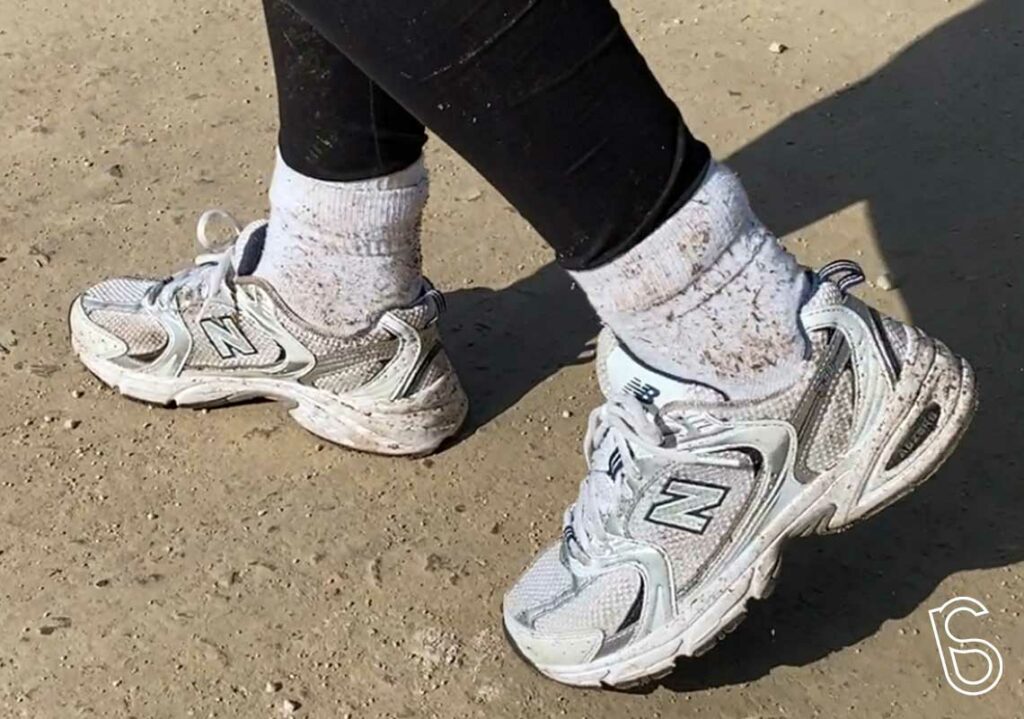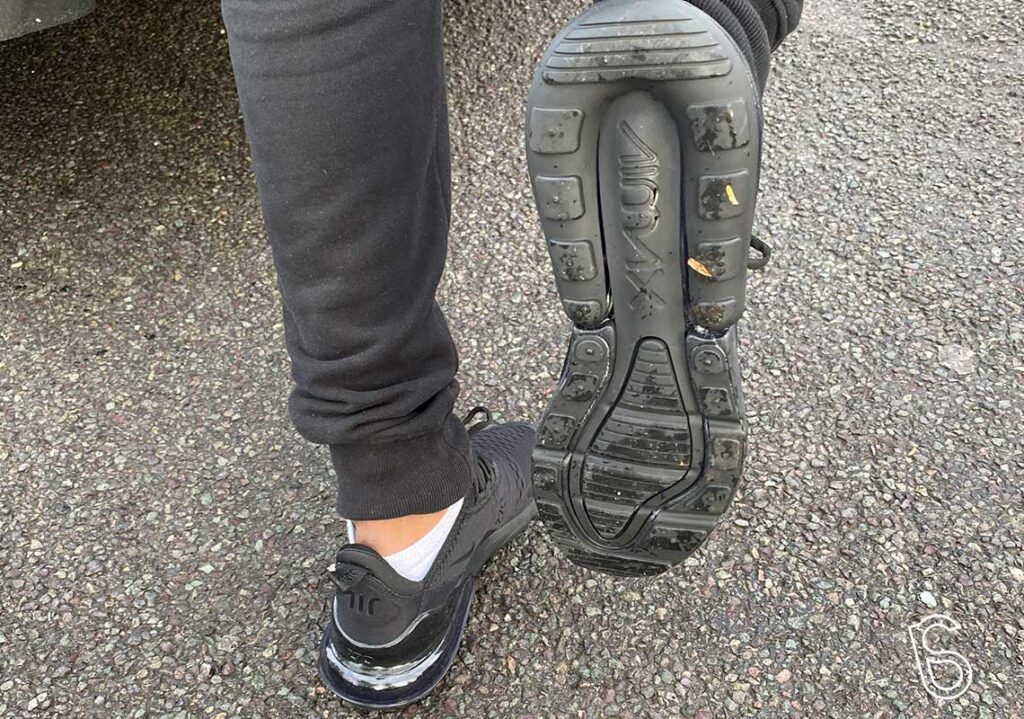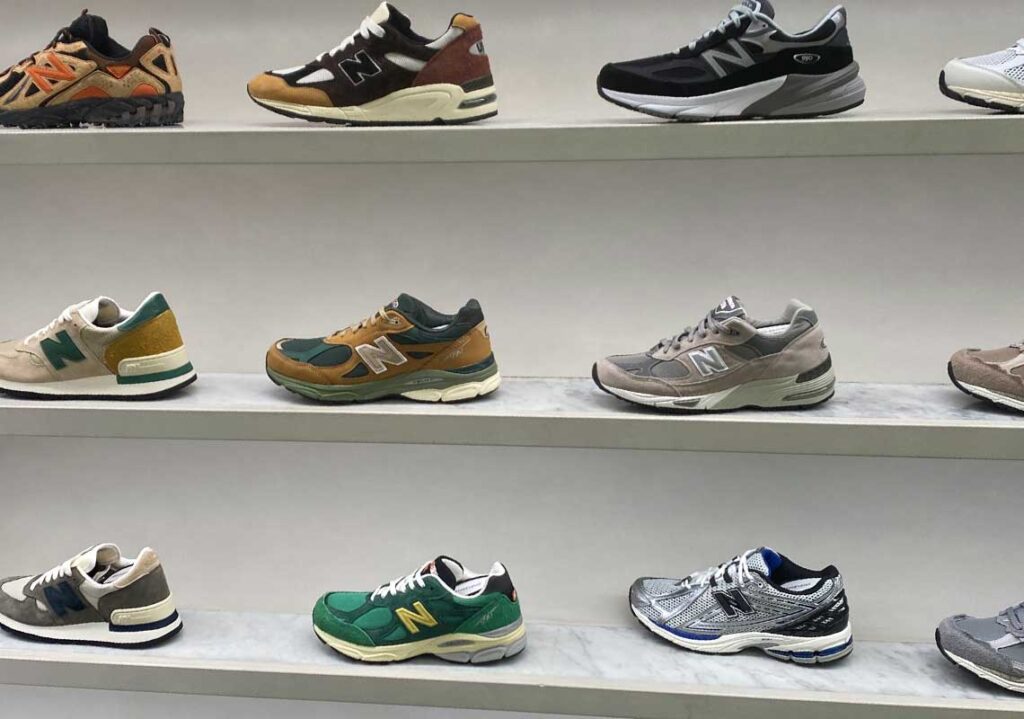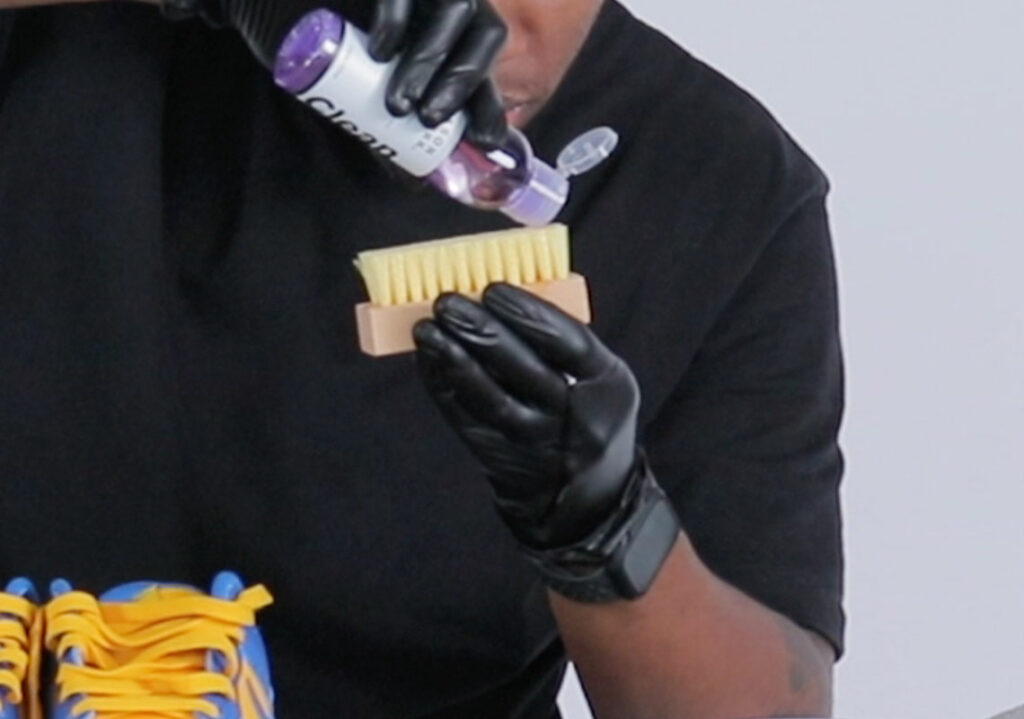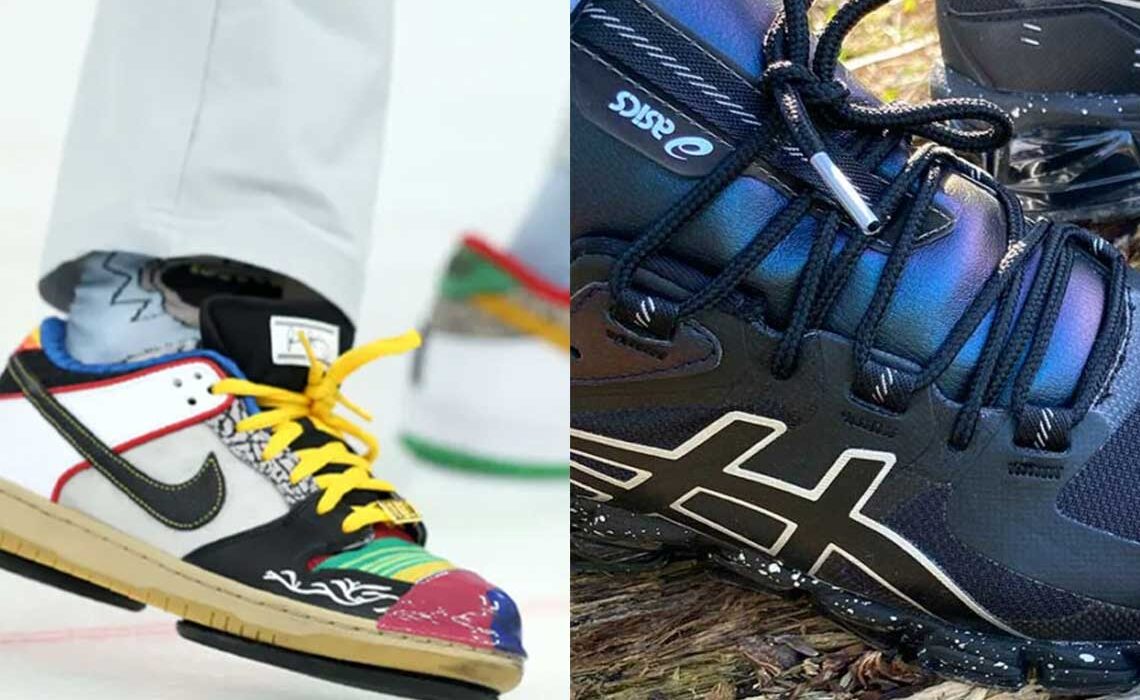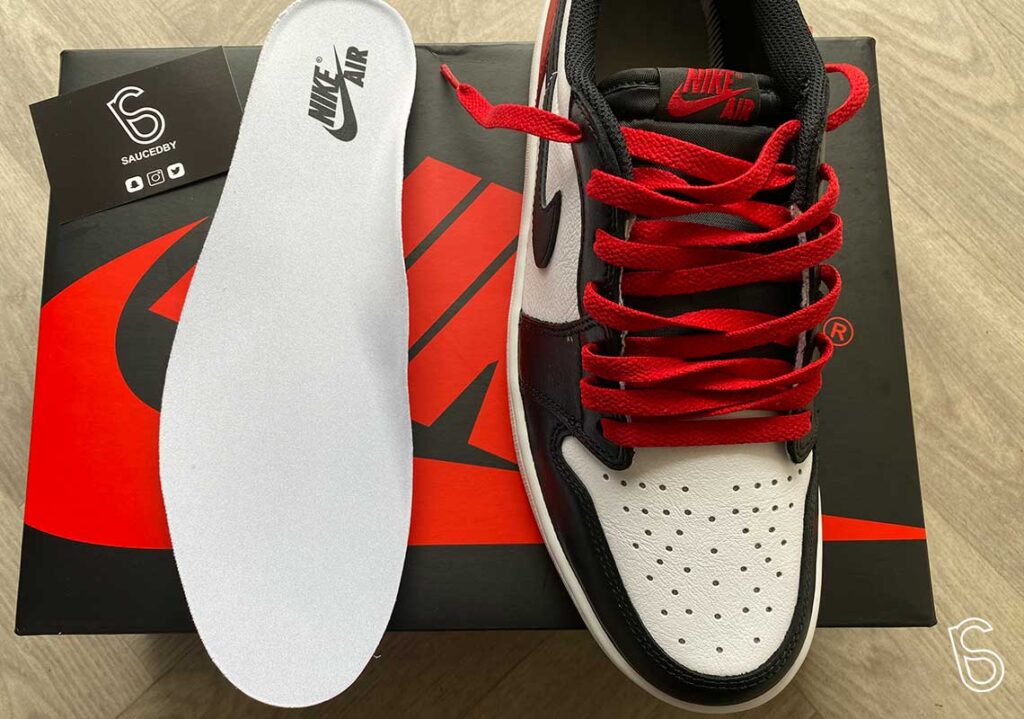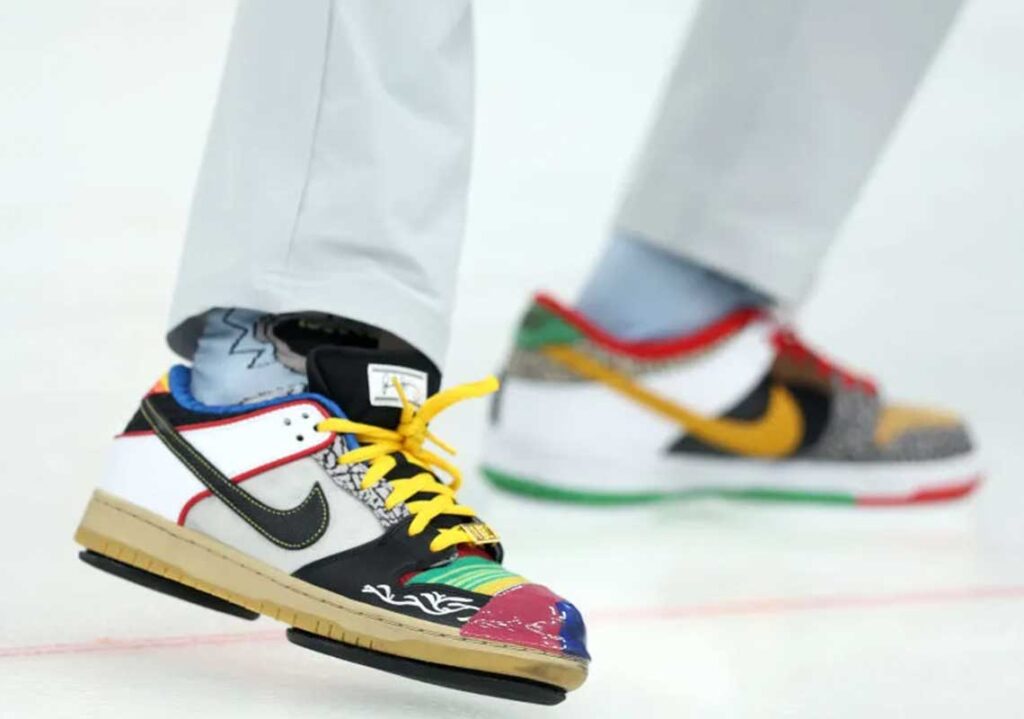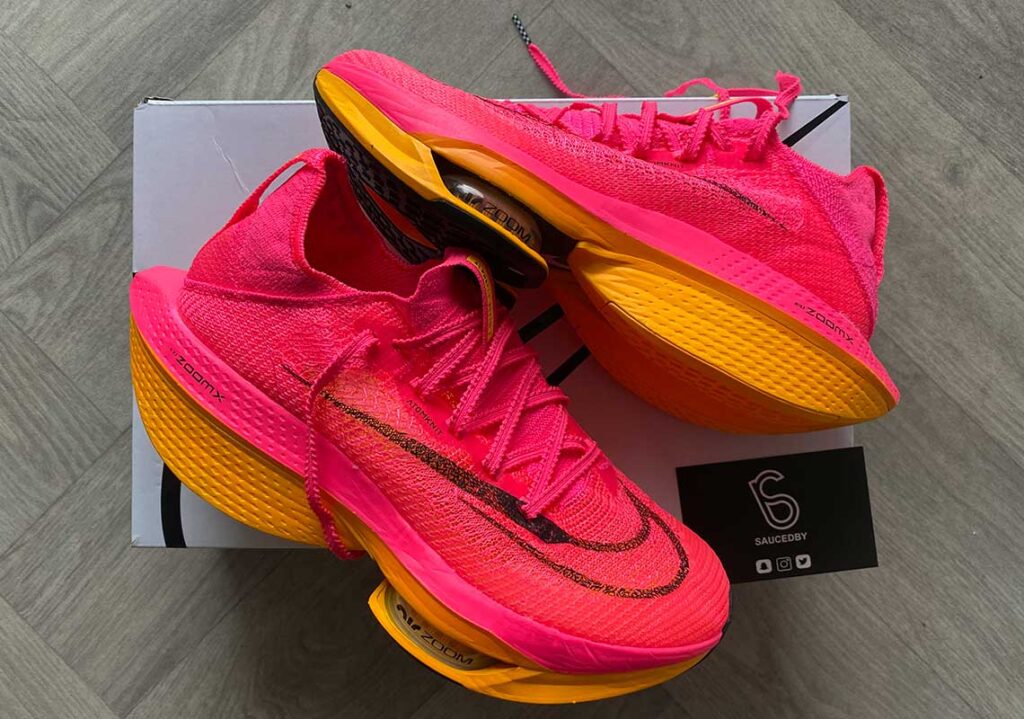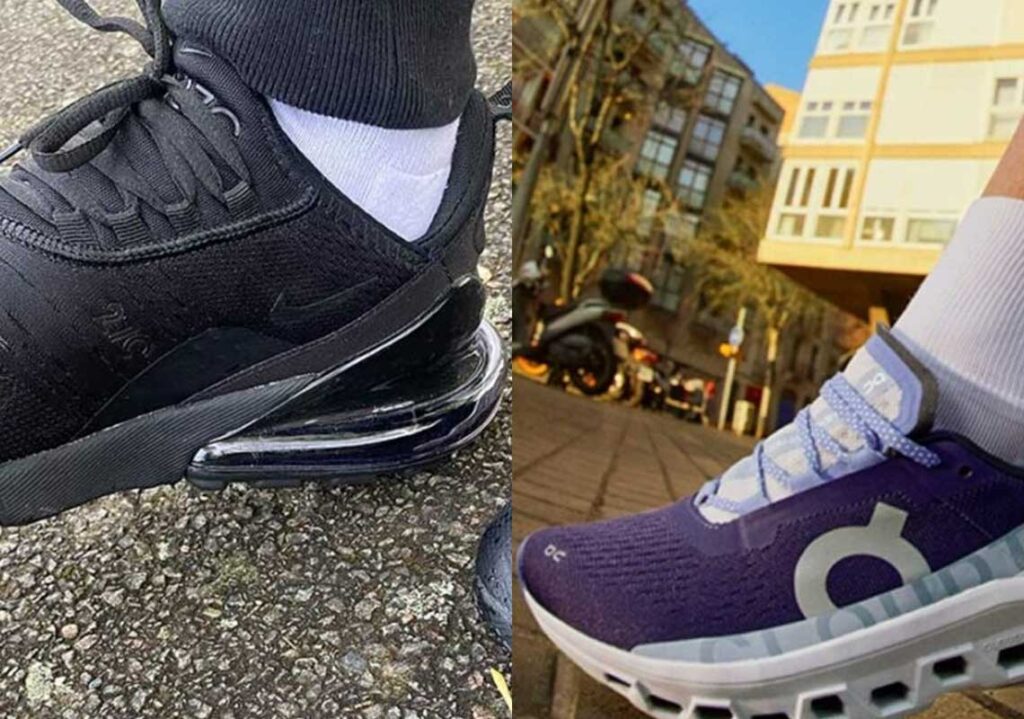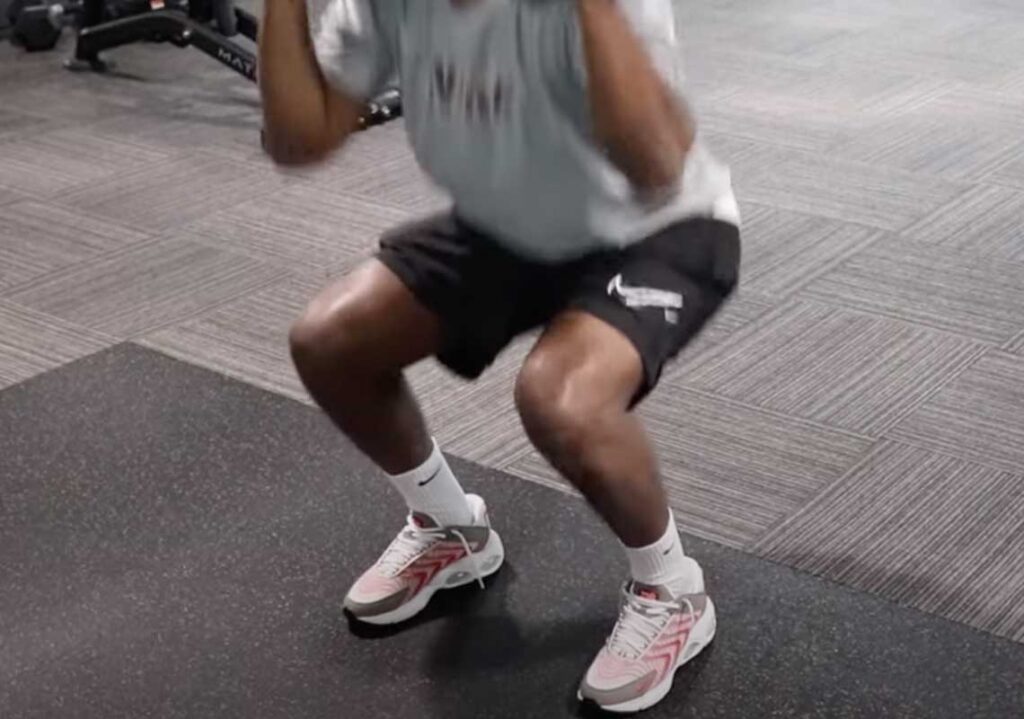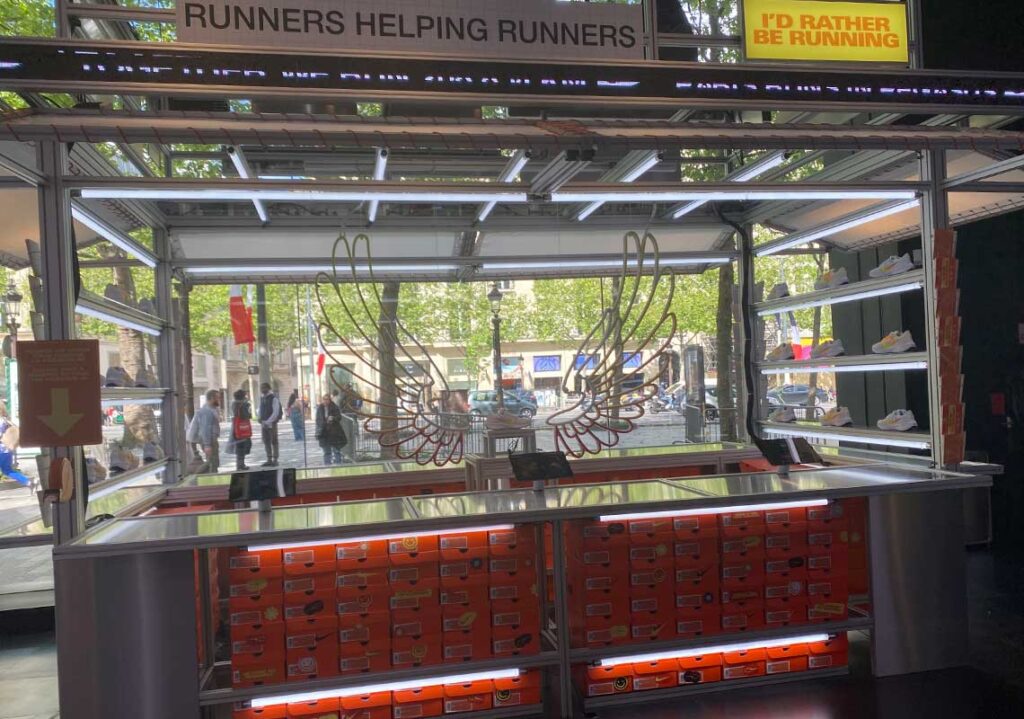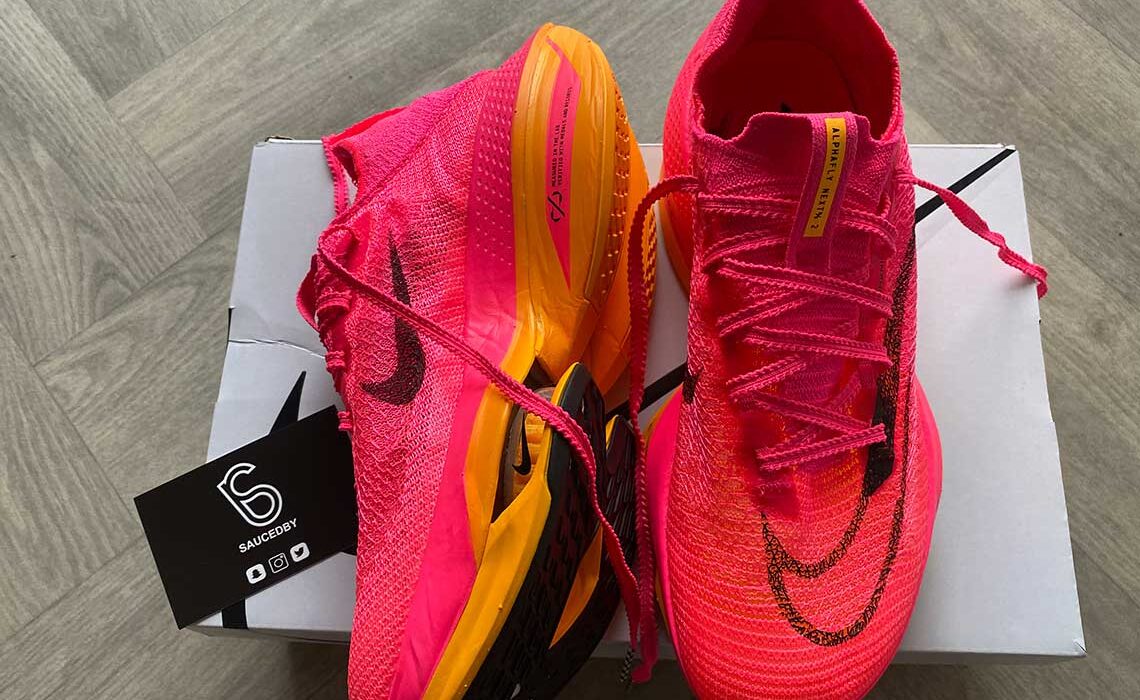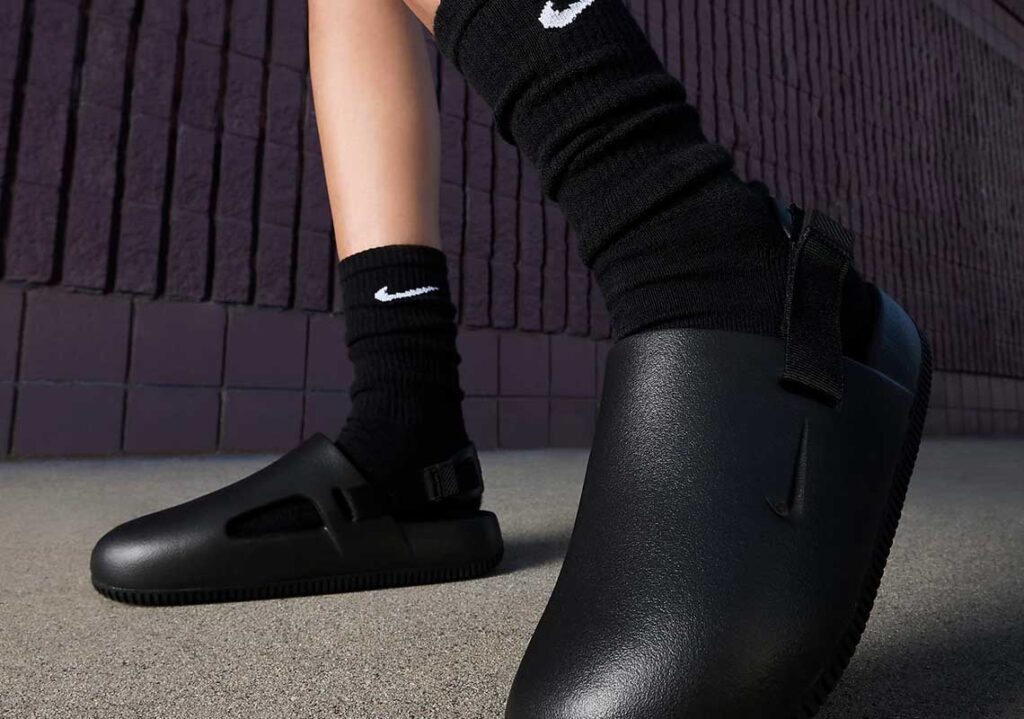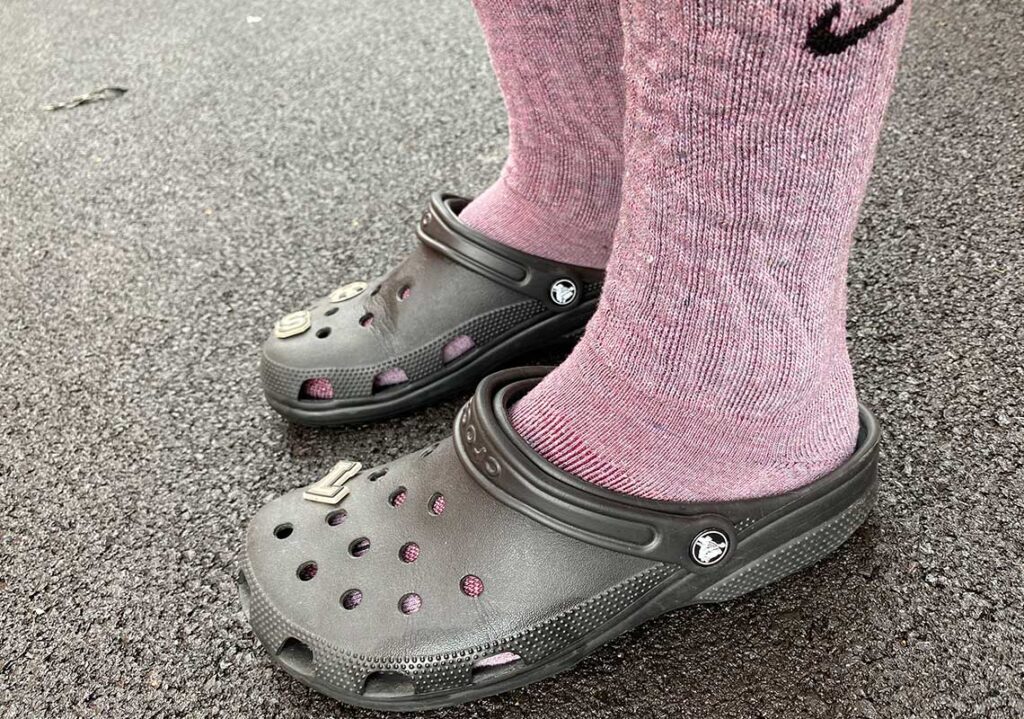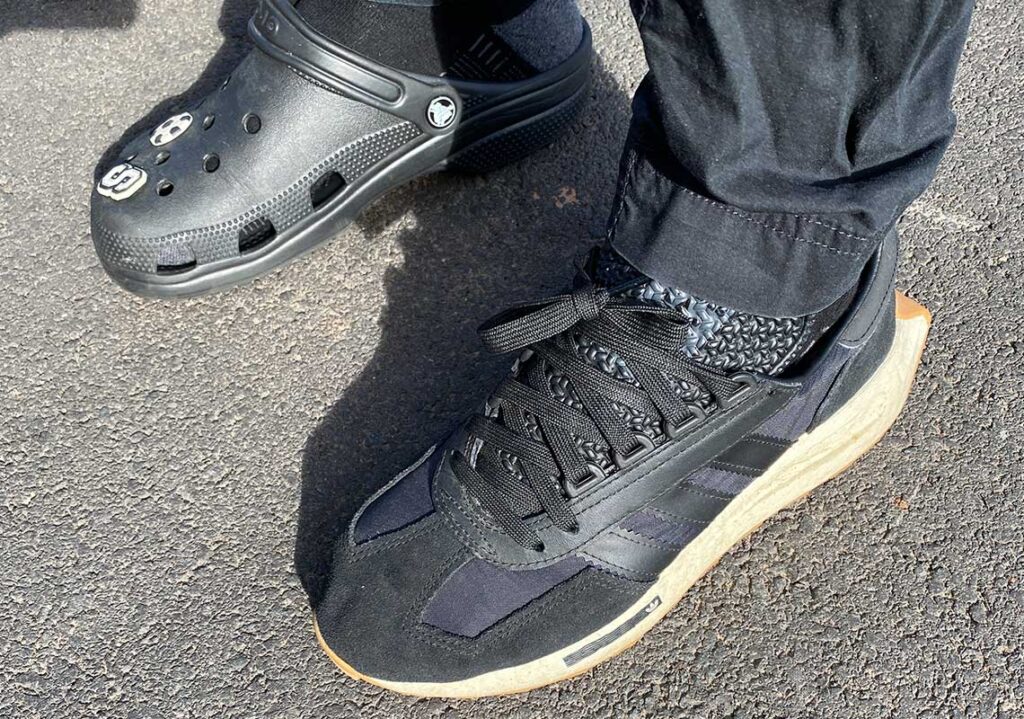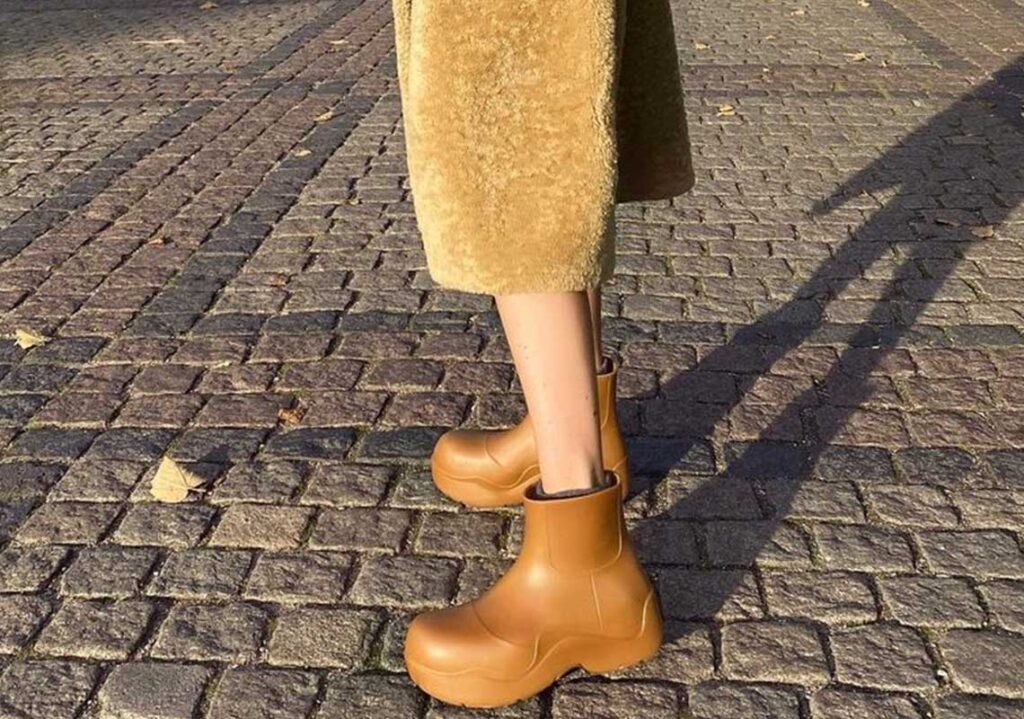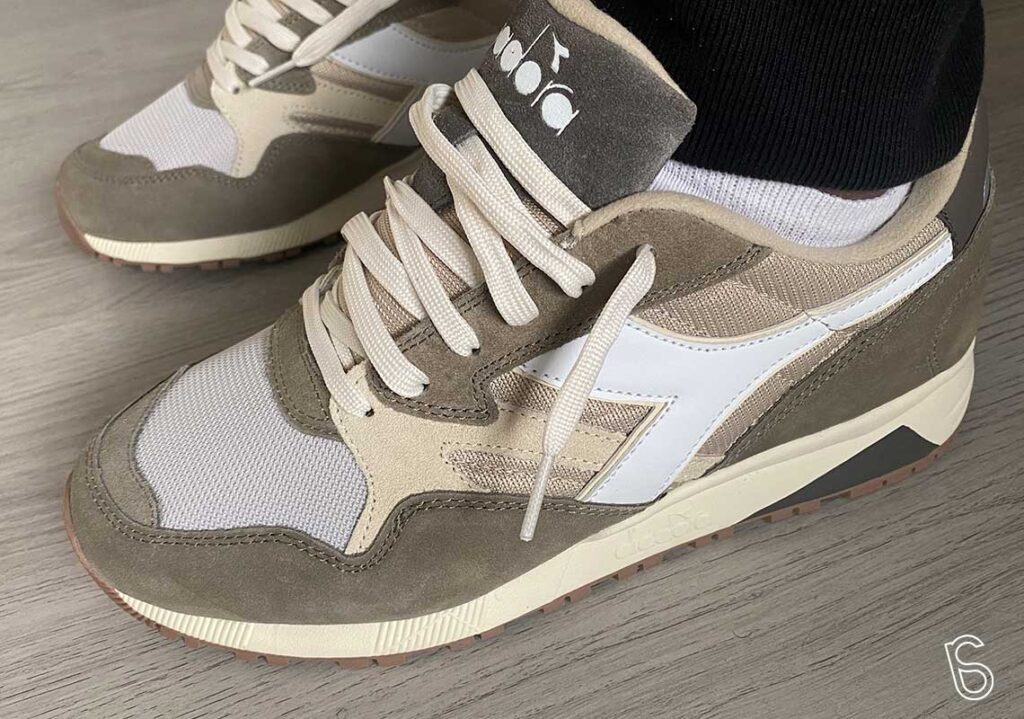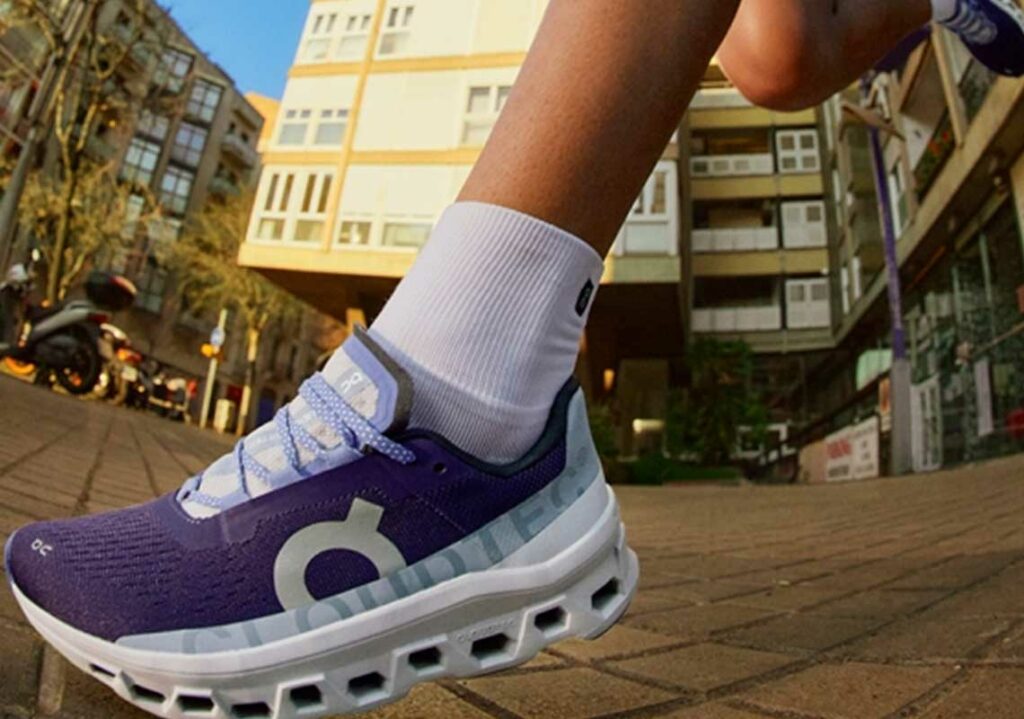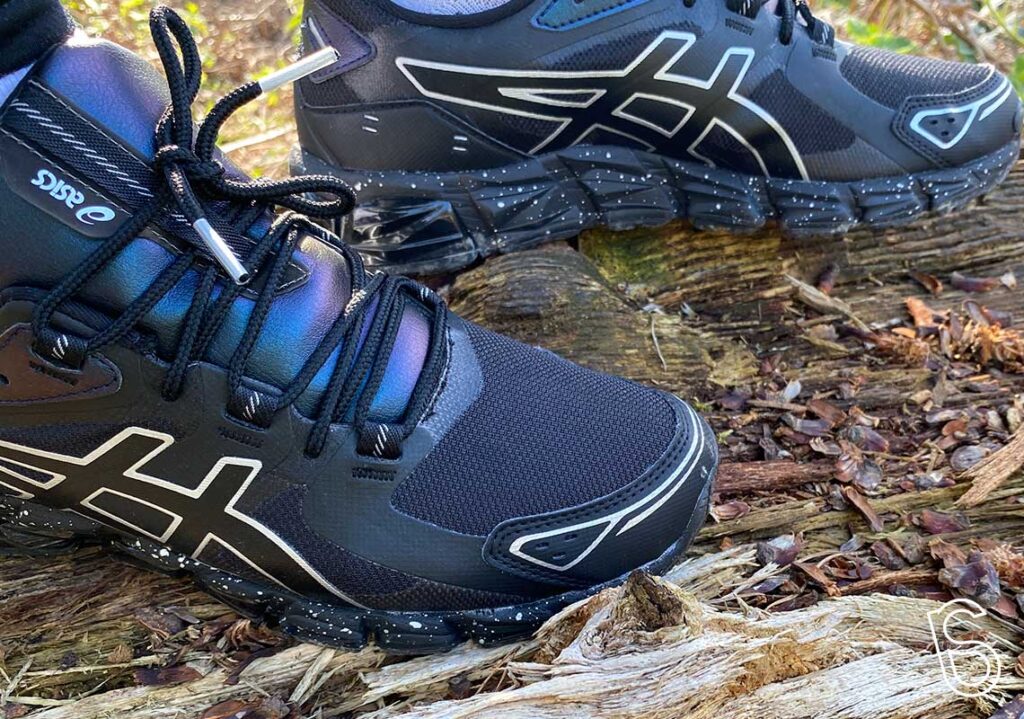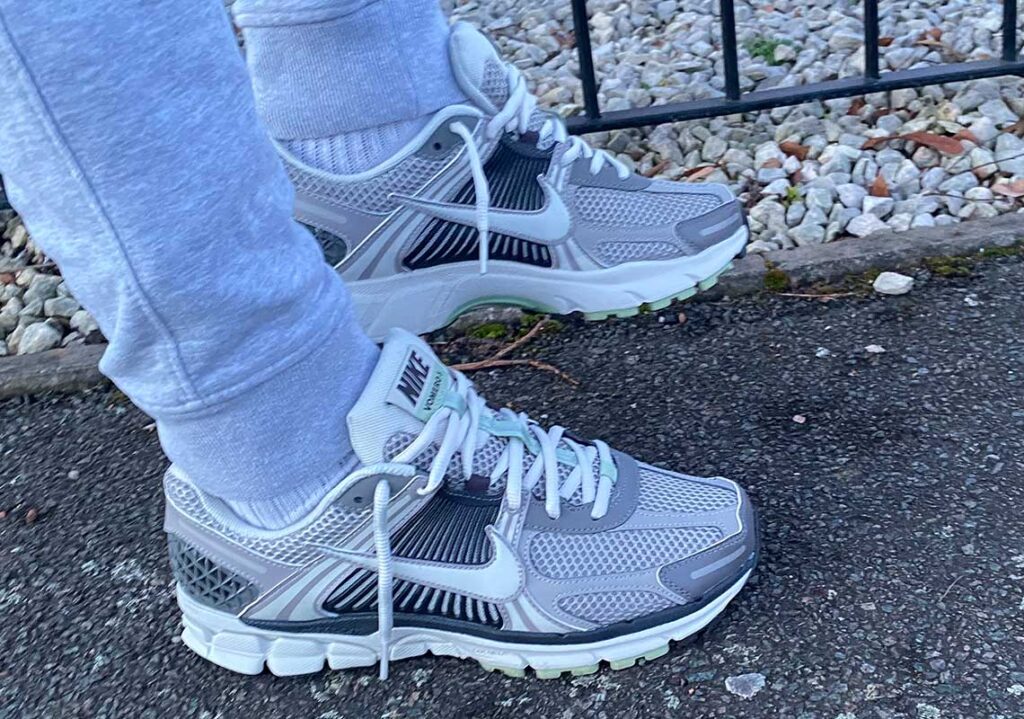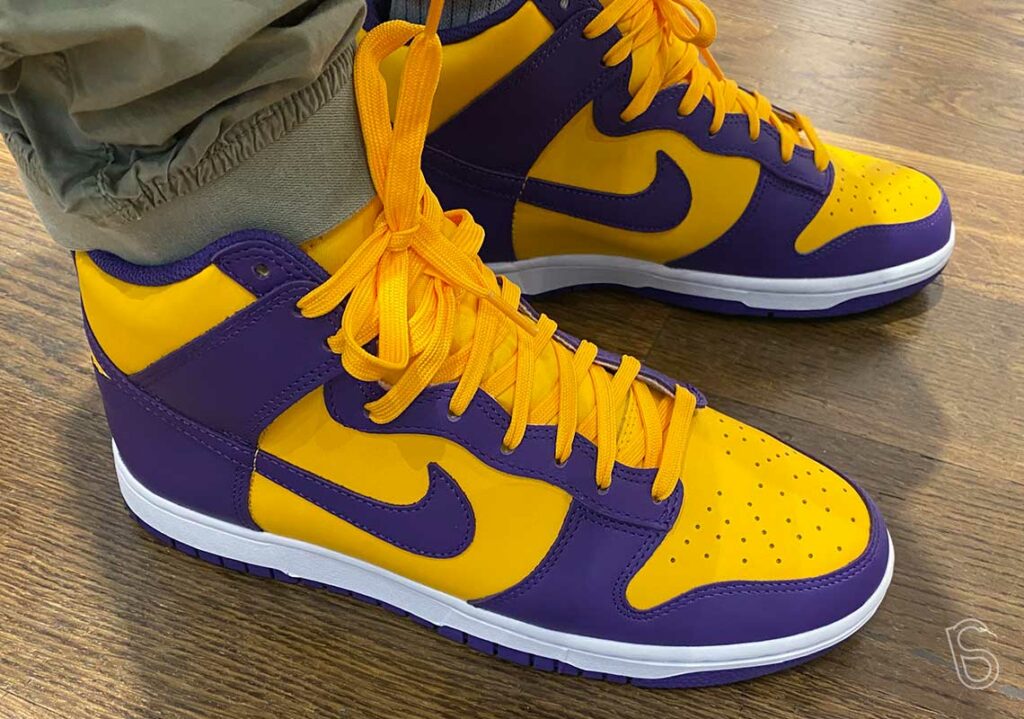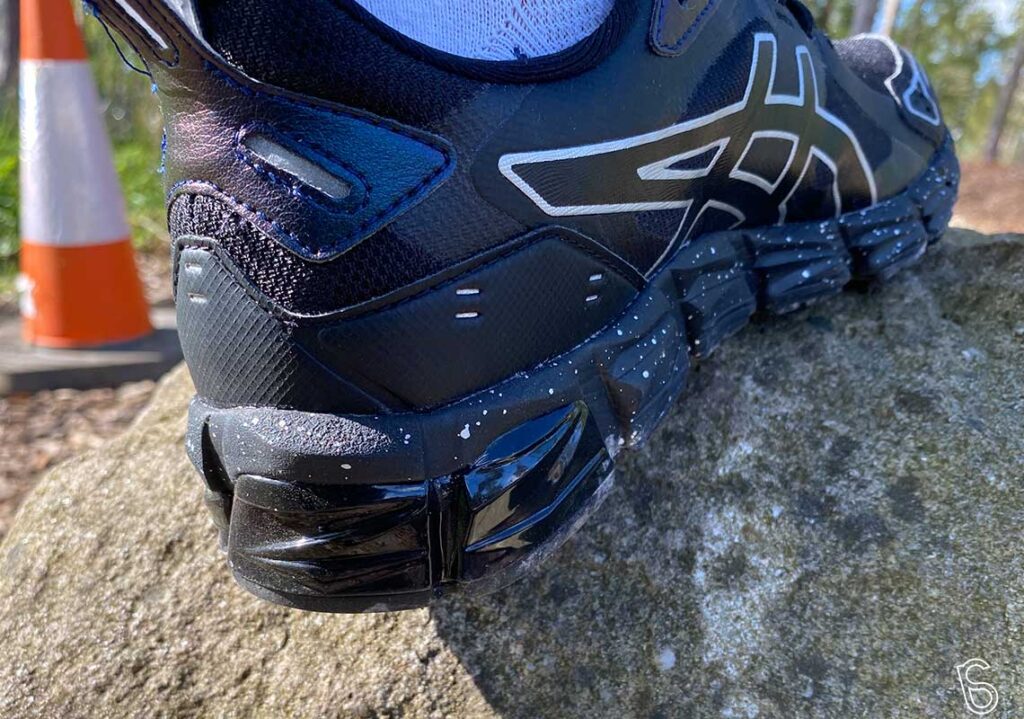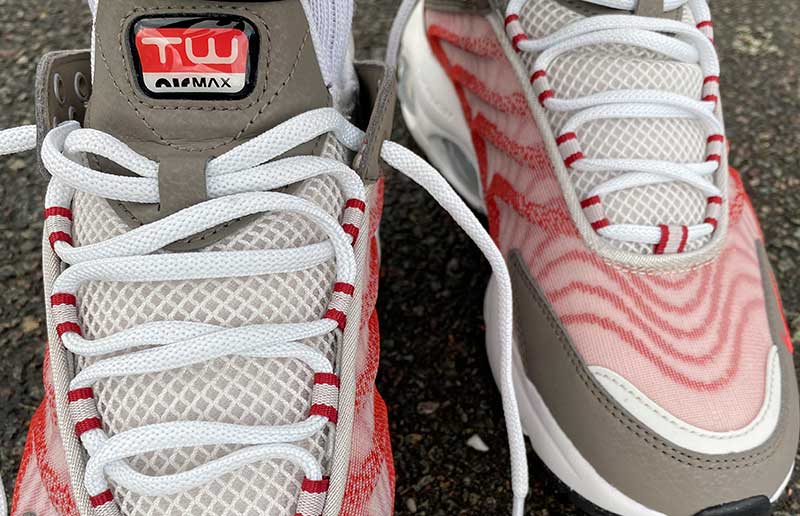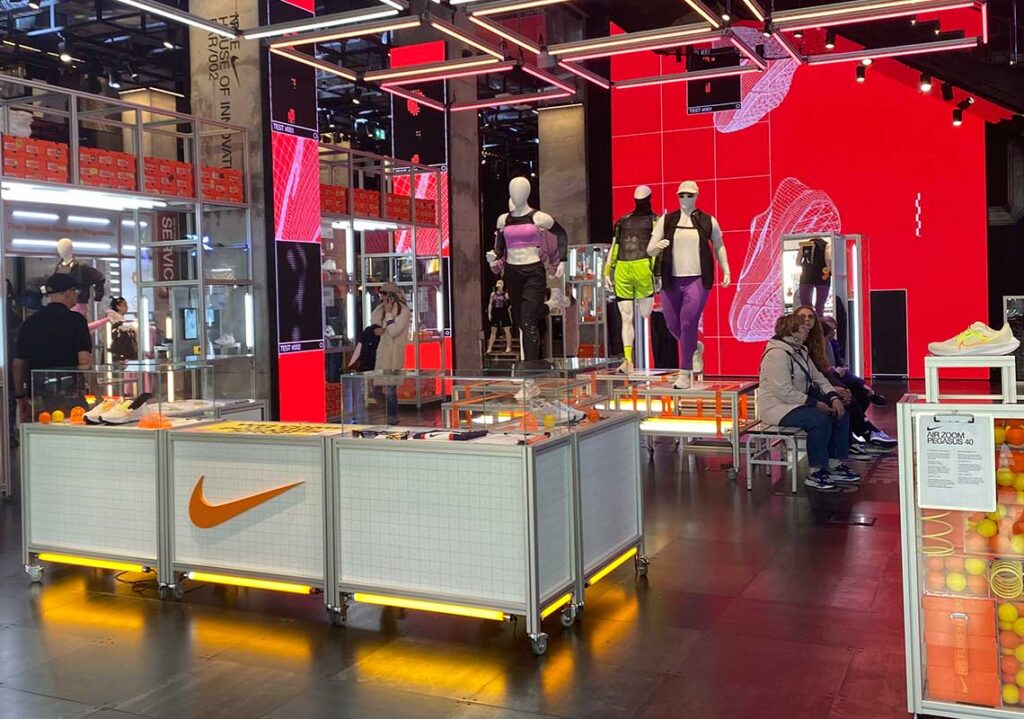The difference between running and training shoes is that they are designed for different purposes and activities.
You need running shoes for running on various terrains and distances.
You need training shoes for workouts and exercises that involve strength, agility, and flexibility.
If you are a beginner, intermediate, or advanced runner, you might wonder:
- How do you tell the difference between running and training shoes?
- How to choose running shoes for different distances and terrains.
- How to choose training shoes for different workouts and exercises.
We will also cover some common mistakes and misconceptions about running and training shoes that you should avoid.
At Saucedby, we are experts in sneakers and sports footwear, and we have tested and reviewed many running and training shoes from various brands and models.
By reading this article, you will learn:
- The difference between running shoes and training shoes with picture illustrations.
- The features and benefits of running and training shoes.
- Examples of running and training shoes.
You need the right shoes for your activities, whether you run casually or seriously or do various workouts and exercises.
So, if you want to learn more about running and training shoes and how to choose the best pair for your needs, read on!
Difference between running and training shoes
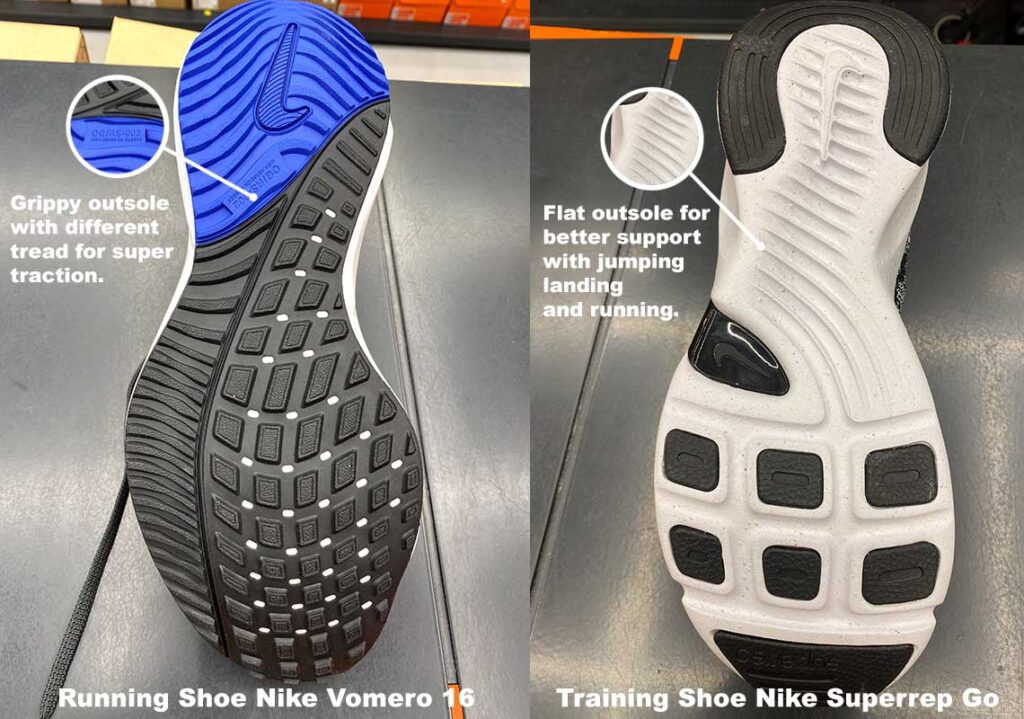
I visited my local Nike Store and talked to the athletes and product specialists. I compared the shoes in hand and learned a lot.
I realised you need to take the product description with a pinch of salt or the marketing campaigns.
Choose the shoe that fits your feet and your activity best. That’s the most comfortable and suitable one for you.
Running Shoes Features and Benefits
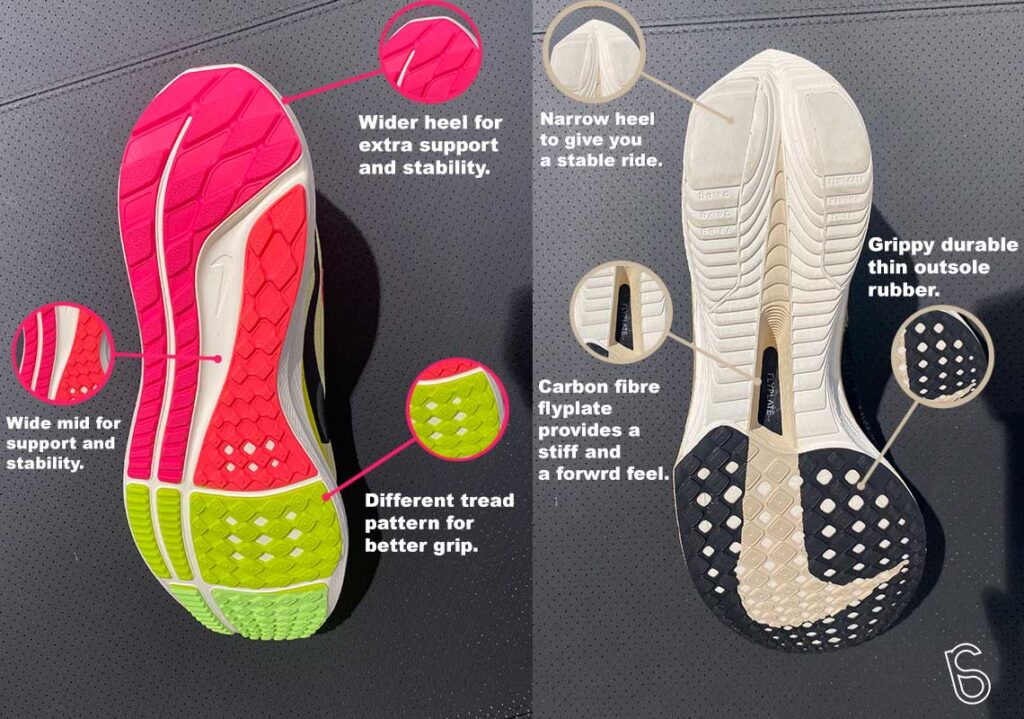
Running shoes are designed to provide maximum comfort and support for running activities.
They have different shapes and sizes depending on the distance and terrain you will be running on.
They also have cushioning and stability features to protect your feet and ankles from impact and injury.
Running shoes are typically lighter and more flexible than other types of shoes.
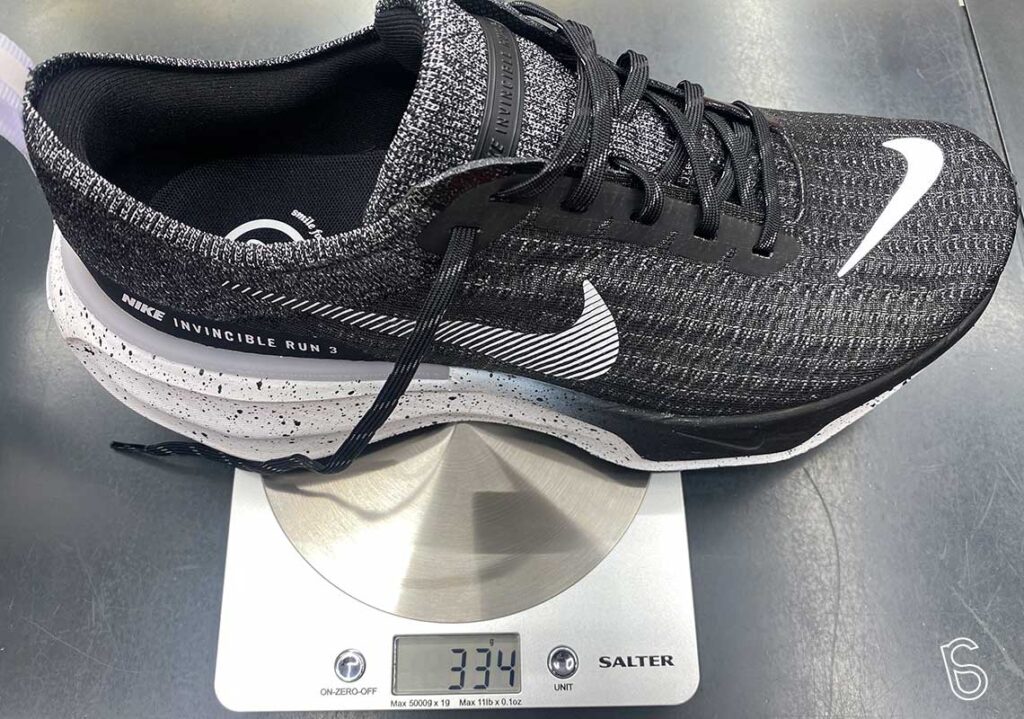
Nike Invincible Run 3 is a light running shoe that weighs 334 grams with a ZoomX midsole. This is chunky for a running shoe, and the upper is flexible and roomy in the toe box.
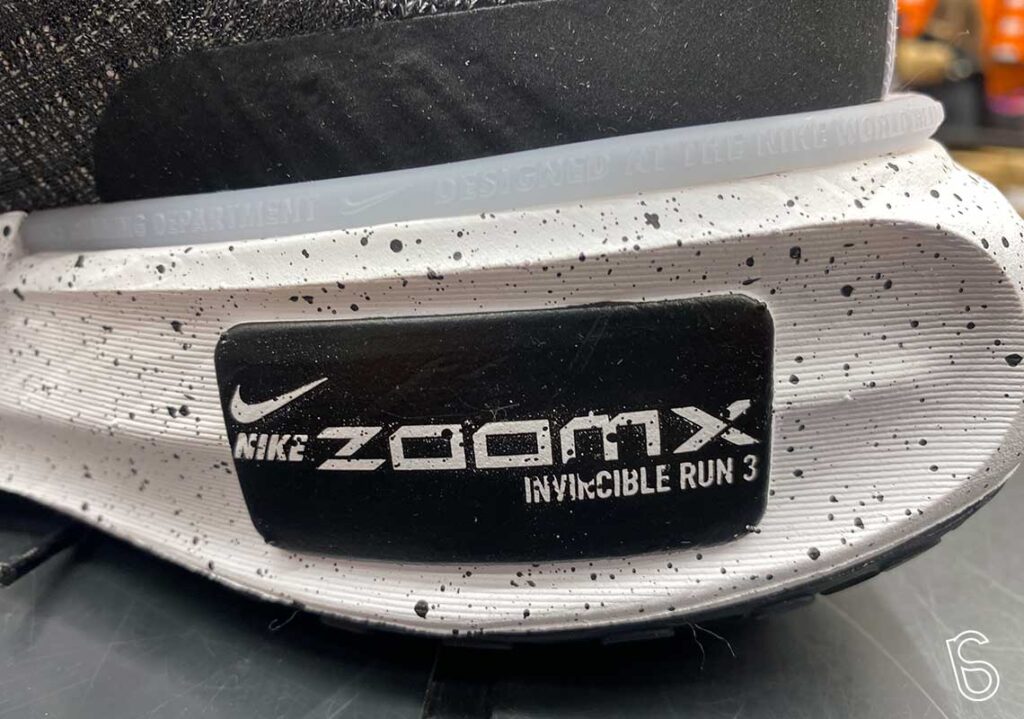
| Features | Benefits |
| Cushioning | Helps prevent injuries and reduce stress on joints. |
| Support or Stability | Improves running efficiency and prevents overpronation or supination. |
| Breathability | Enhances comfort and prevents blisters or infections. |
| Outsole | Provides traction and durability for different running surfaces. |
Short Distance 5k – Nike Pegasus 40
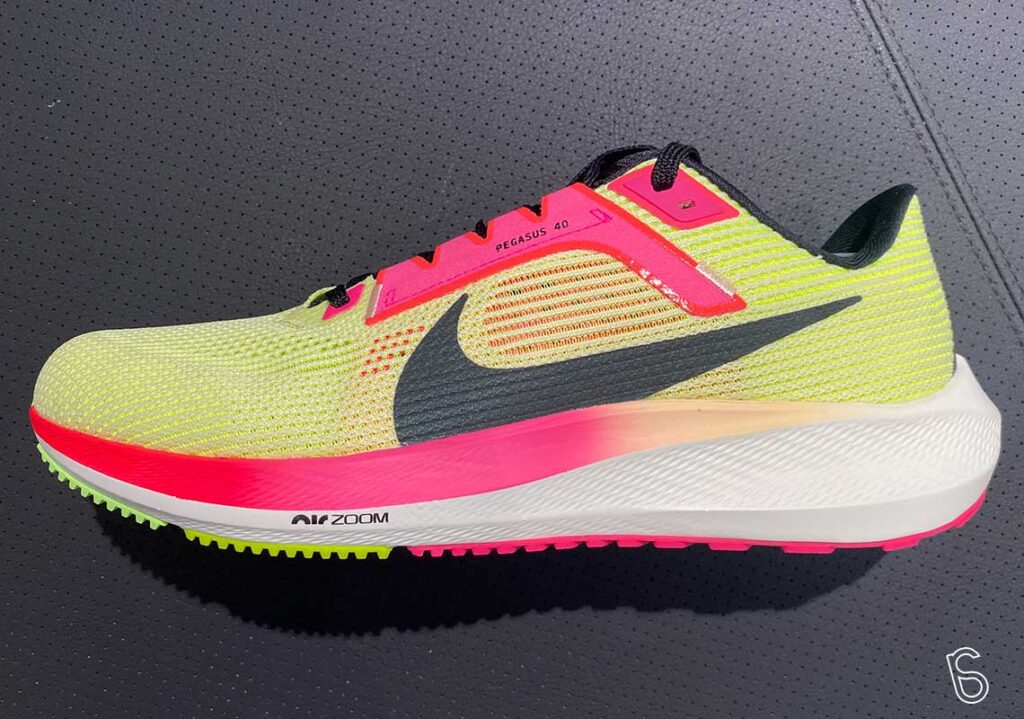
Half Marathon Nike Vaporfly 3
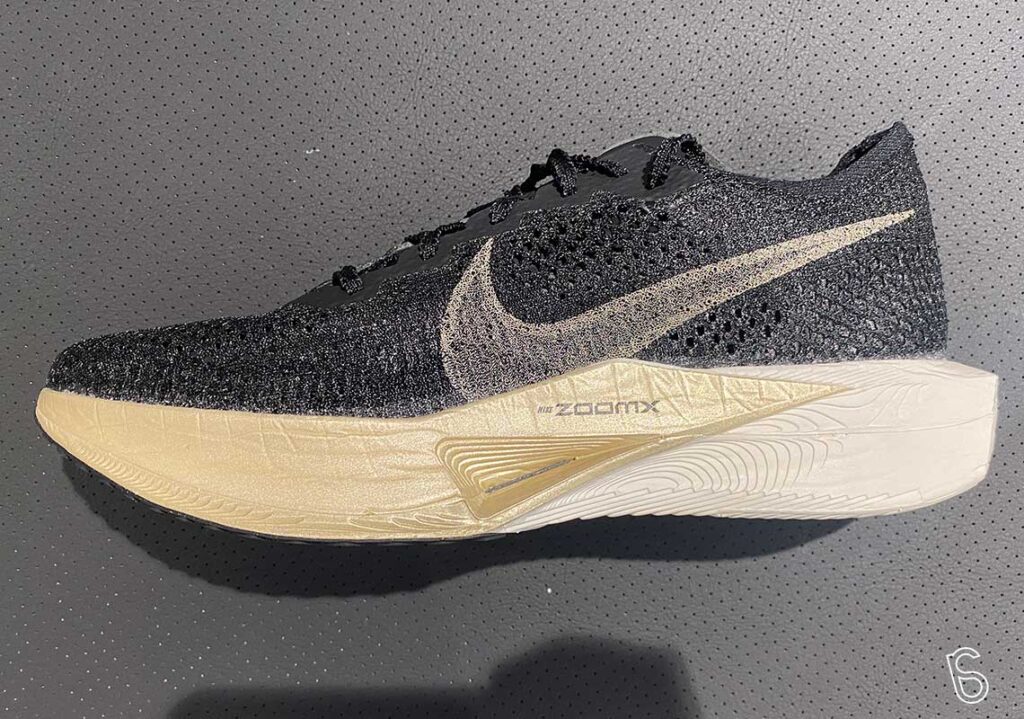
Long Distance – Nike Alphafly
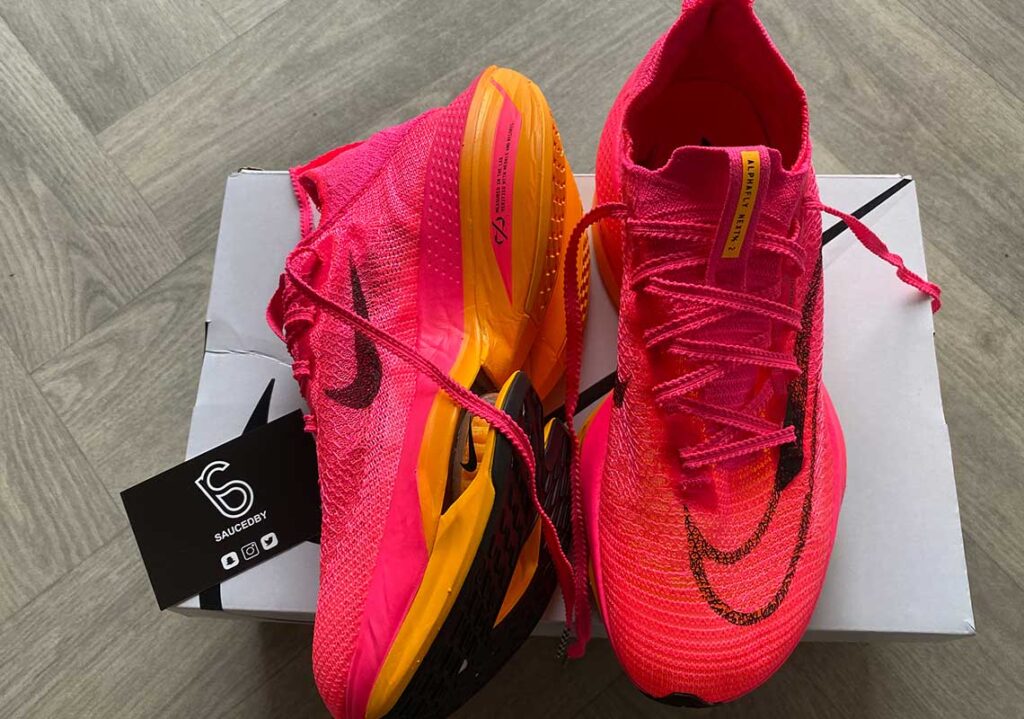
Road Running Shoes: Optimized for running on roads or tracks
- They are lighter and more flexible than training shoes.
- Suitable for speed and efficiency.
- Suitable for flat and smooth surfaces.
Training Shoes: Features and Benefits
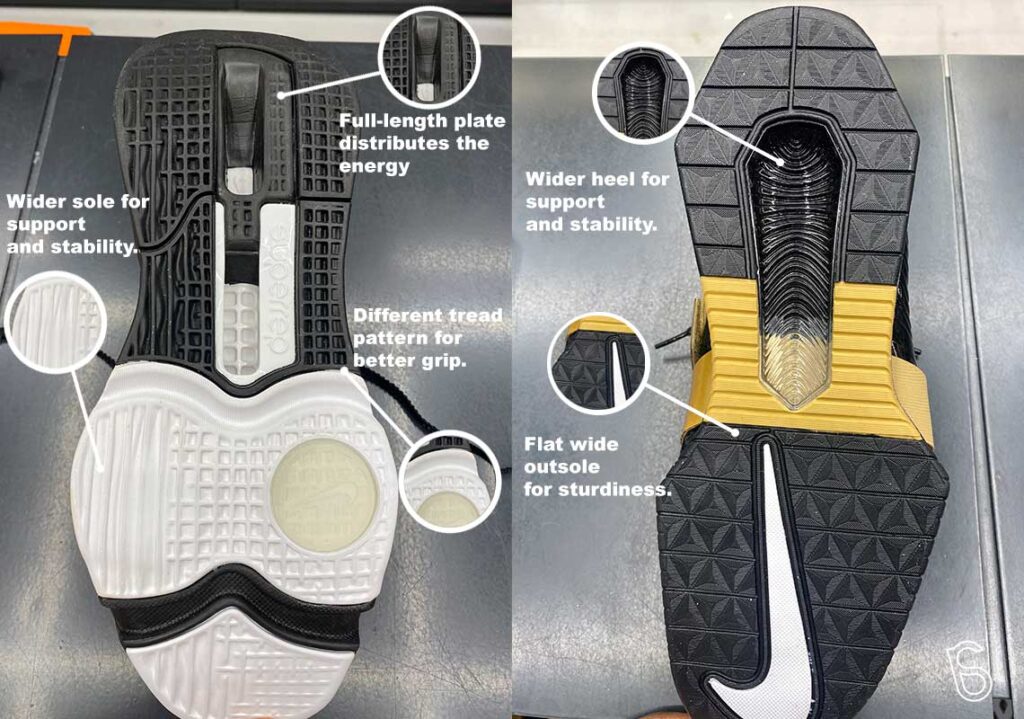
Training or cross-training shoes are designed to perform many different exercises well.
They are versatile and durable and can handle a variety of movements, such as jumping, lifting, or sprinting.
Training shoes have flat and wide soles that provide stability and support for your feet.
They also have a breathable, flexible upper that allows your feet to move freely. Training shoes are ideal for gym workouts, HIIT, or circuit training.
| Features | Benefits |
| Stability | Improves performance and prevents injuries. |
| Traction | Prevents slipping and sliding and allows for free movement. |
| Cushioning | Reduces stress on joints and muscles and improves endurance. |
| Support | Prevents overpronation or supination. |
Circuit Training – Nike Superrep
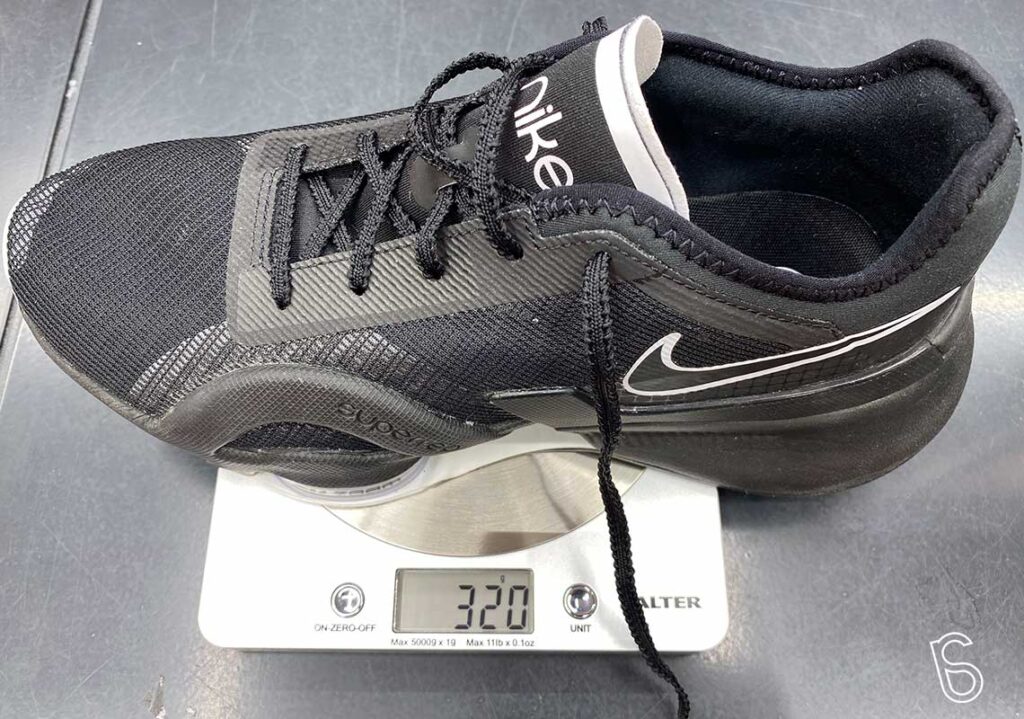
Cross Training – Nike Infinity React
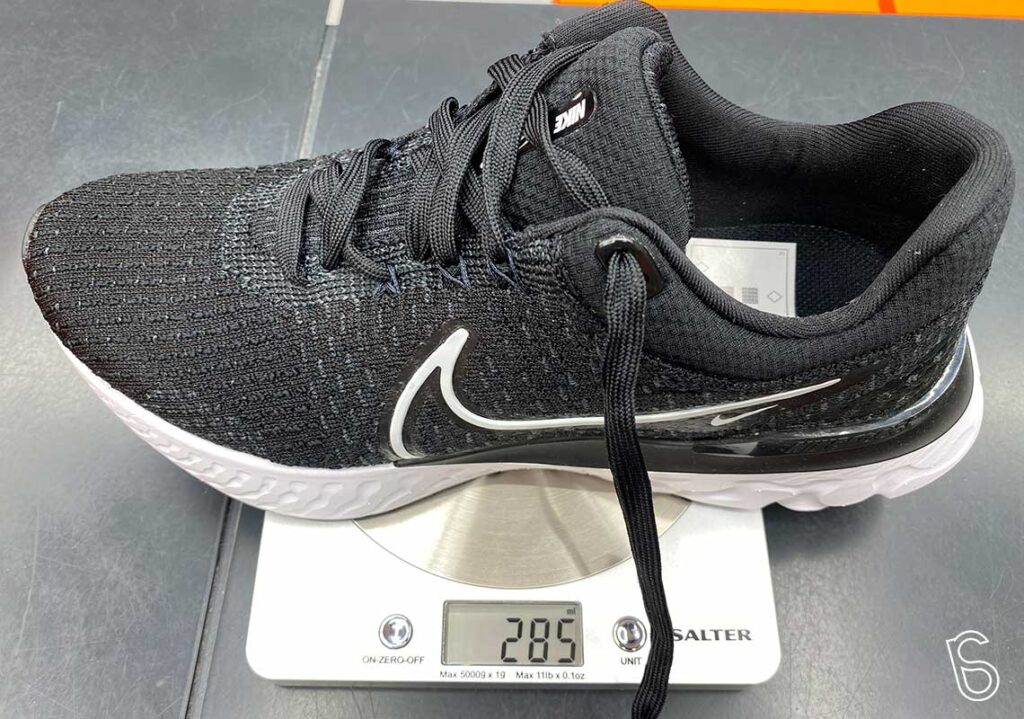
I’ll be honest: the Nike Infinity series of running shoes isn’t designed or sold as training shoes, but when I tested them, they were super comfortable, supported my foot and preferred the fit, so I included them in this section.
And did I mention how light they are? They weigh 285 grams.
Power Lifting – Nike Romaleos
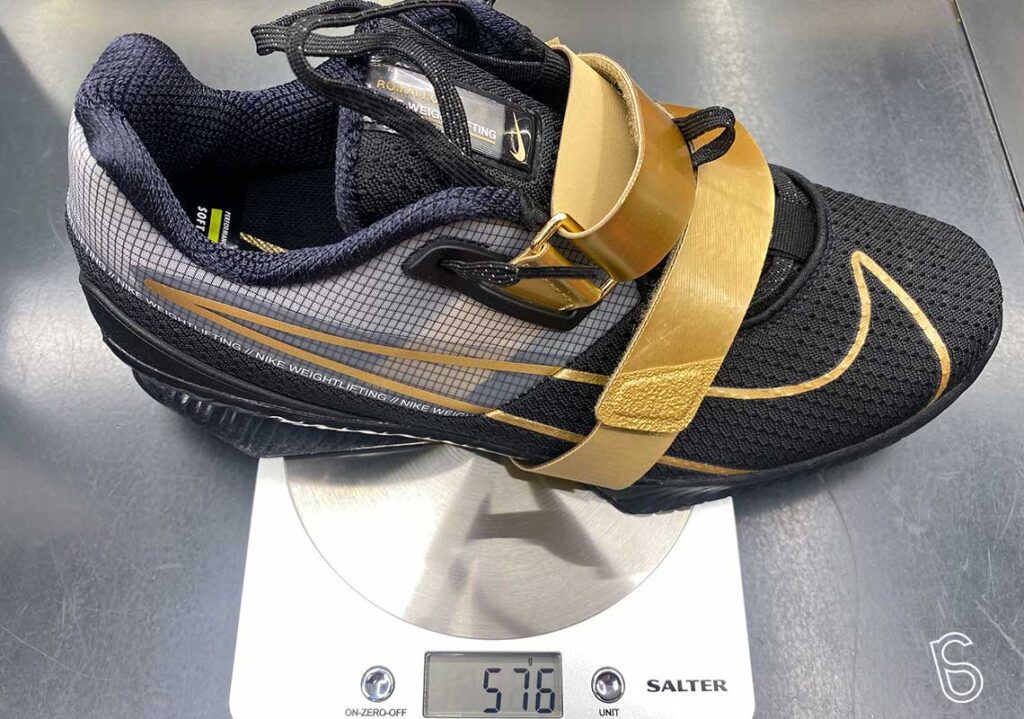
I learned a lot from visiting the Nike store. Training shoes are heavier than running shoes because they have stiffer material, thicker midsole, and more support.
But you can choose from many options depending on your training type. I used Nike for this article, but other brands are good or better.
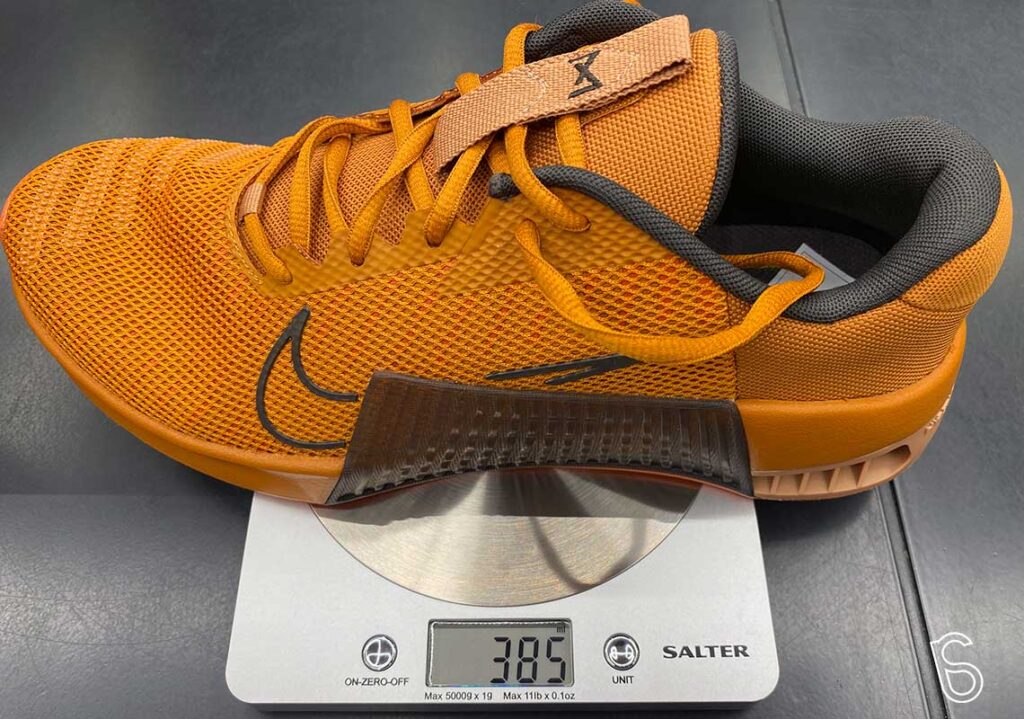
All the training shoes I tested weighed more than 300 grams. That’s heavy but essential for all your jumping, landing and running.
Cross Training Shoes: Ideal for gym workouts, cross-fit, or other indoor activities
- Versatile and durable.
- Support lateral movements and changes of direction.
- Provide adequate cushioning and breathability.
Mistakes and Misconceptions
Running Shoes
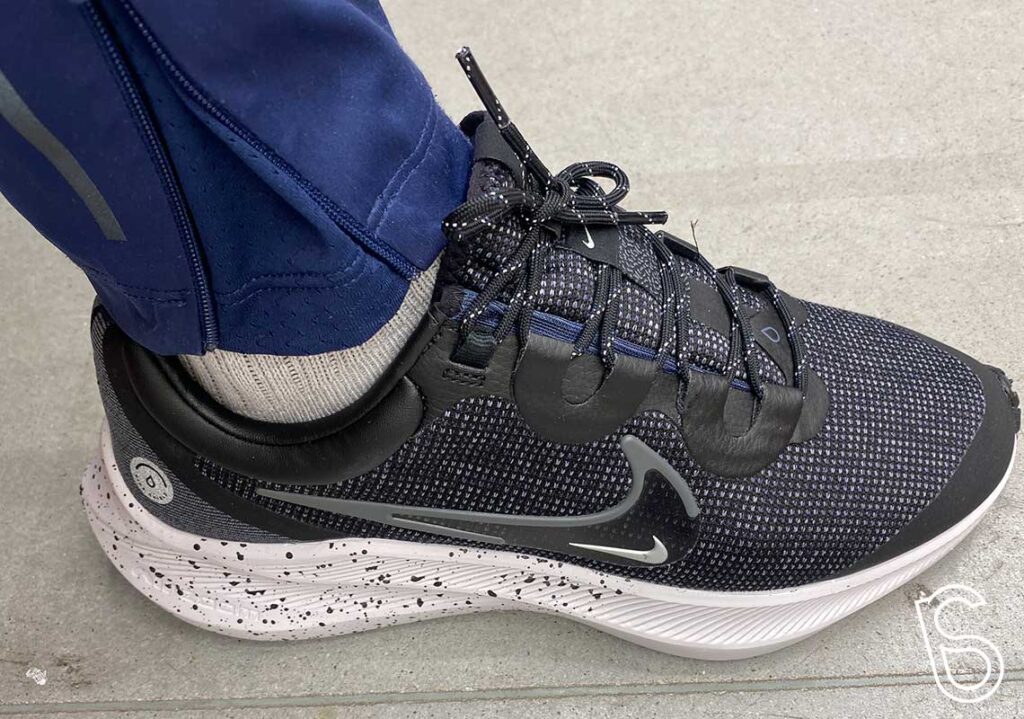
- Wearing the wrong shoes for running. Running shoes support forward movement and cushion your feet. Running shoe choice impacts running stress and your likelihood of injury risk.
- Not getting the correct shoe size. Running shoes should fit snugly but not tight and leave some toe space. Ask the store staff for help.
- Not considering the running surface. Depending on cushioning, grip, traction, and durability, different surfaces need different shoes. Choose the right shoes for your terrain.
- Not considering the type of run. Different runs need different shoes, depending on speed, distance, and intensity. Choose the right shoes for your goal.
- Not warming up or training with your running shoes. Running shoes need time to break in and adapt to your feet and style. Warm-up and train with your shoes before serious runs.
Training Shoes
- Thinking all training shoes have the same outsole tread/grip. Outsole tread patterns vary by activity and movement type. Some have flat outsoles for smooth surfaces, and others have grooved or textured outsoles for uneven or slippery surfaces.
- Ignoring midsole cushioning and stability of training shoes. Midsole affects cushioning, support, and foot reaction. Some have more cushioning for comfort; others have less for agility.
- Choosing training shoes based on heel-to-toe drop only. Heel-to-toe drop affects foot angle and weight distribution. Some have high drop for a regular feel; others have low drop for a natural feel.
- Overlooking shank of training shoes. Shank separates toe from heel. It provides support and rigidity to the midfoot and allows the toes to flex and bend. Some have stiff shanks for stability and control; others have flexible shanks for mobility and freedom.
Overlooking the toe box of training shoes. The toe box covers the toes. It allows toes to move freely and comfortably. Some have wide and spacious toe boxes for room, others have narrow and snug toe boxes.
Loved this article about the difference between running and training shoes Don’t miss our awesome trainer reviews and videos! Follow us on Instagram and Pinterest, or like us on Facebook today.

